Quiz: How Much Do You Know About The Roman Empire?
When we consider some of the strongest and long-lasting empires in history, the Roman Empire is usually at least in the conversation. And because the various stages of the Roman Republic and the empire that followed brought so many significant changes to the world, it’s a fascinating part of history to study, no matter what people are looking for.
Yet just like any period of time that stretches thousands of years into the past, that doesn’t mean it’s easy to study. But the question is, how easy is it for you?
How long did Pax Romana last?
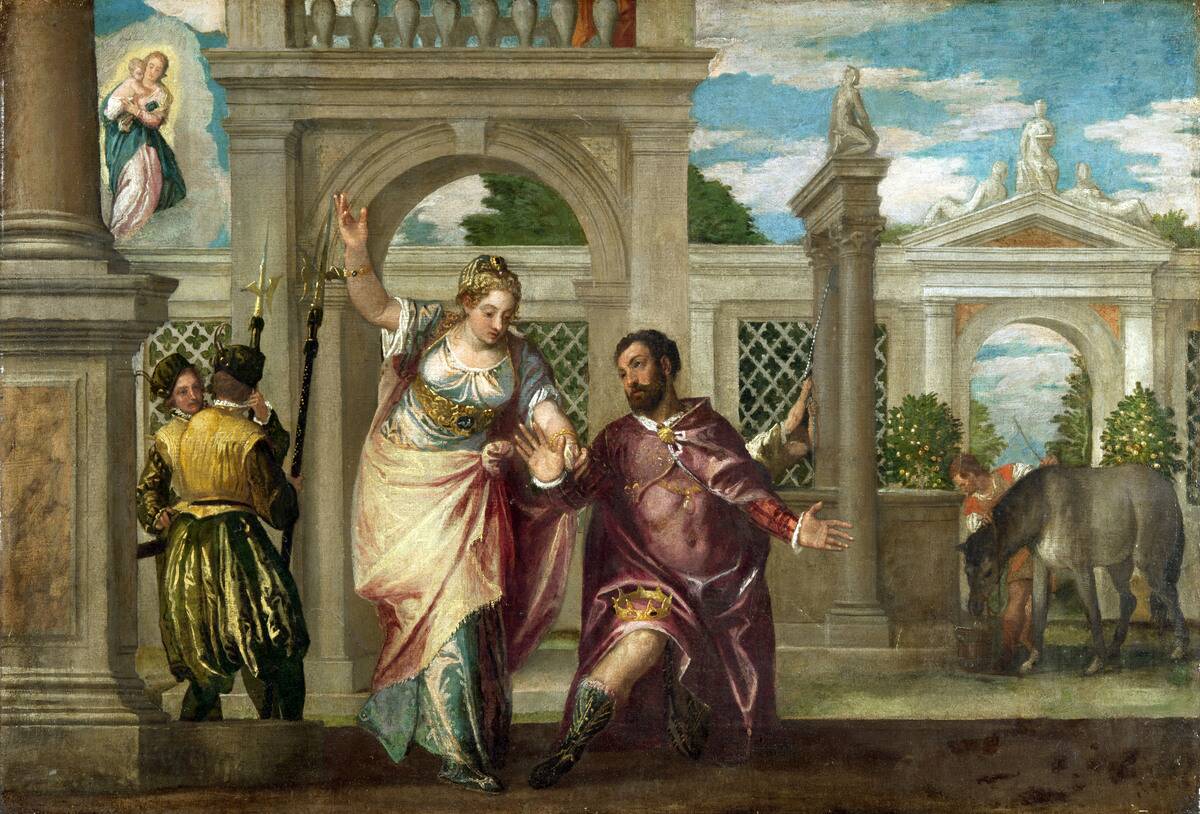
A. 300 years
B. 70 years
C. 200 years
D. 1,000 years
Answer: 200 years
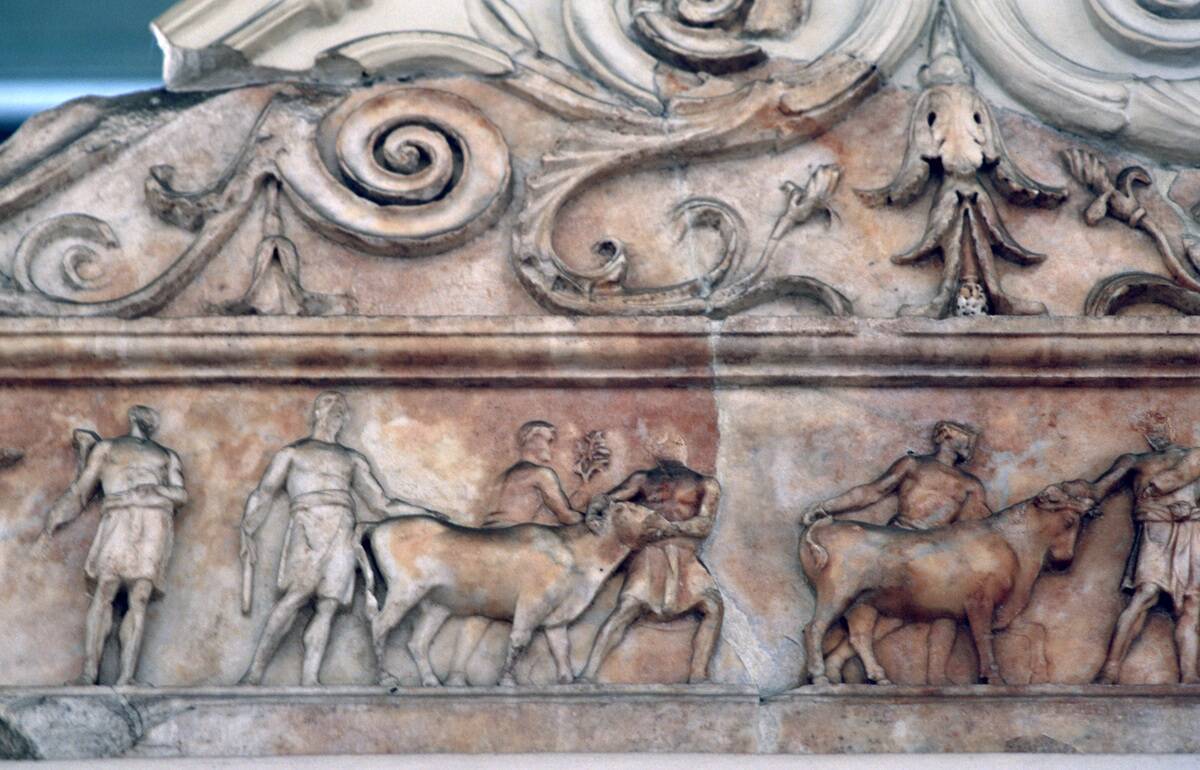
According to the History Channel, Pax Romana was a period of stability that occurred after Augustus became emperor and introduced sufficient stability to the empire to allow art, technology, and literature to flourish to an unprecedented degree. This 200-year period between 27 BCE and 180 CE has later been described by historians as over-romanticized due to the brutality underlying that “peace,” but it was largely seen as a golden age within the city at the time.
What Roman leader was kidnapped by pirates as a young man?
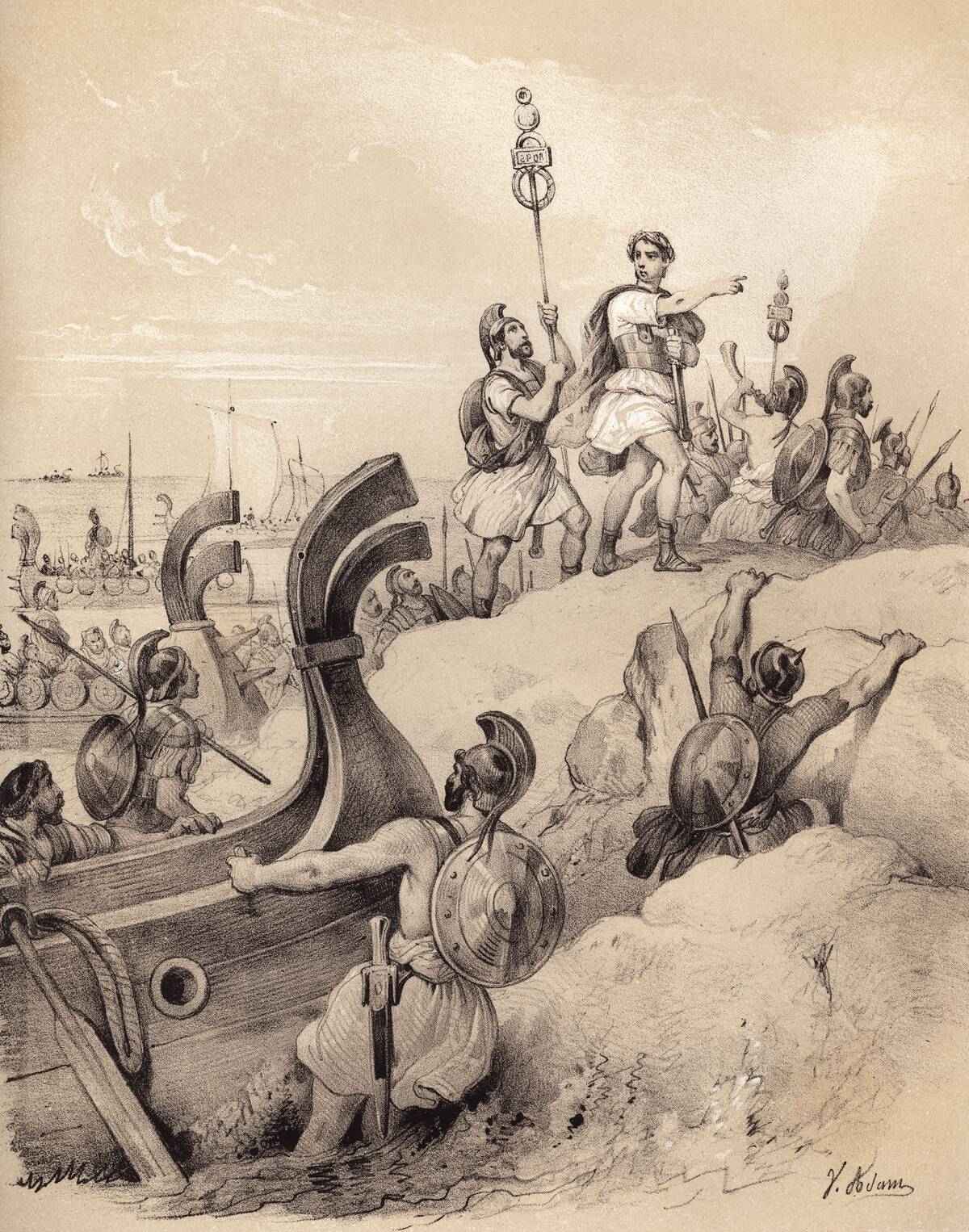
A. Caligula
B. Augustus
C. Julius Caesar
D. Commodus
Answer: Julius Caesar
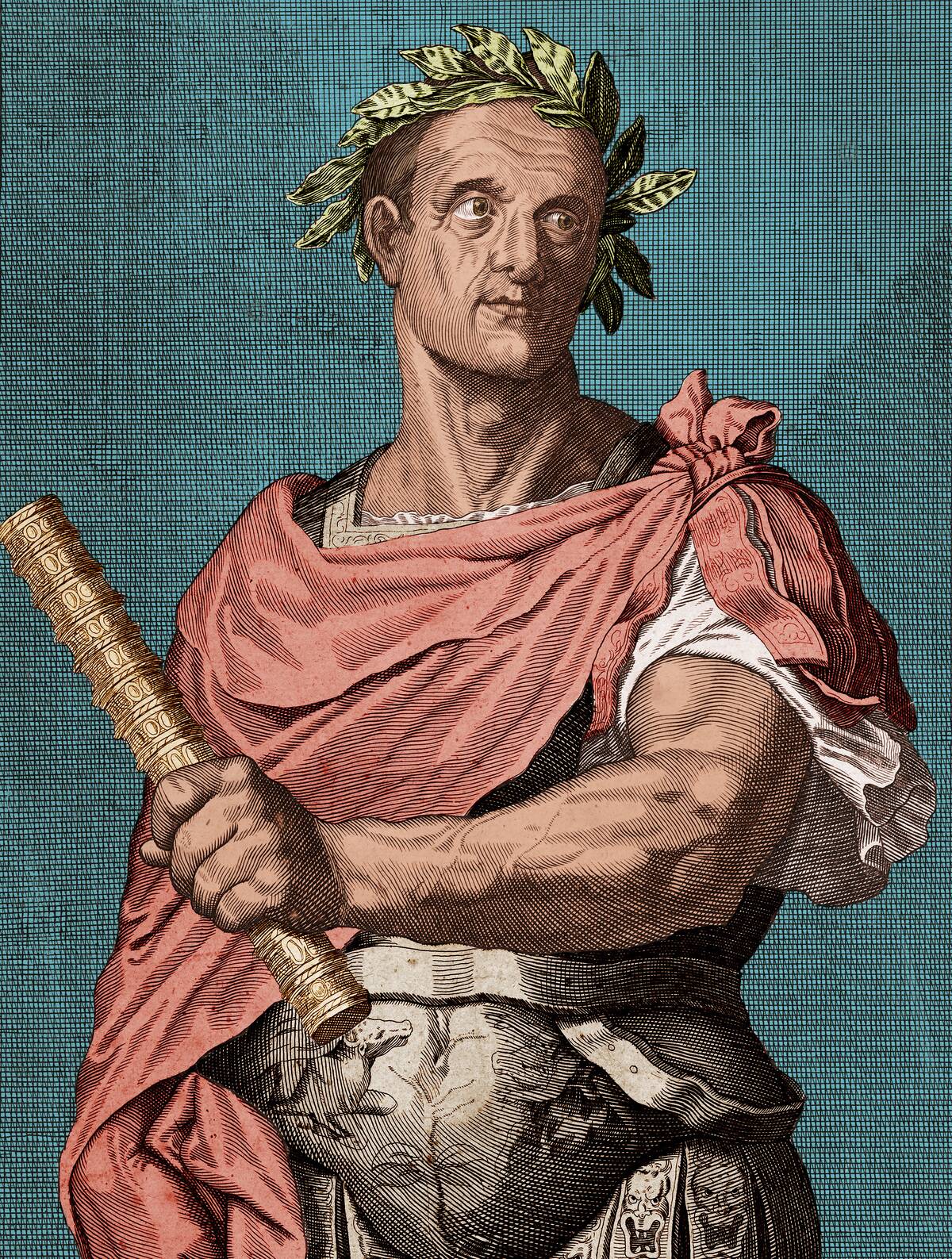
As Time reported, the inlets of Cilicia were a hotbed for piracy in the two centuries before the birth of Jesus, and the 25-year-old noble who would one day become Julius Caesar found himself kidnapped by these pirates in 75 BCE. He kept himself safe by charming the pirates and telling them to double their ransom demands before his release. However, they would soon learn he was manipulating them, as none would survive his revenge once he returned with a Roman fleet.
Who was the first Roman emperor?
![Statue of [redacted]](https://media.tellmebest.com/wp-content/uploads/2023/08/Statue-of-redacted-39806.jpeg)
A. Julius Caesar
B. Marcus Aurelius
C. Augustus
D. Nero
Answer: Augustus
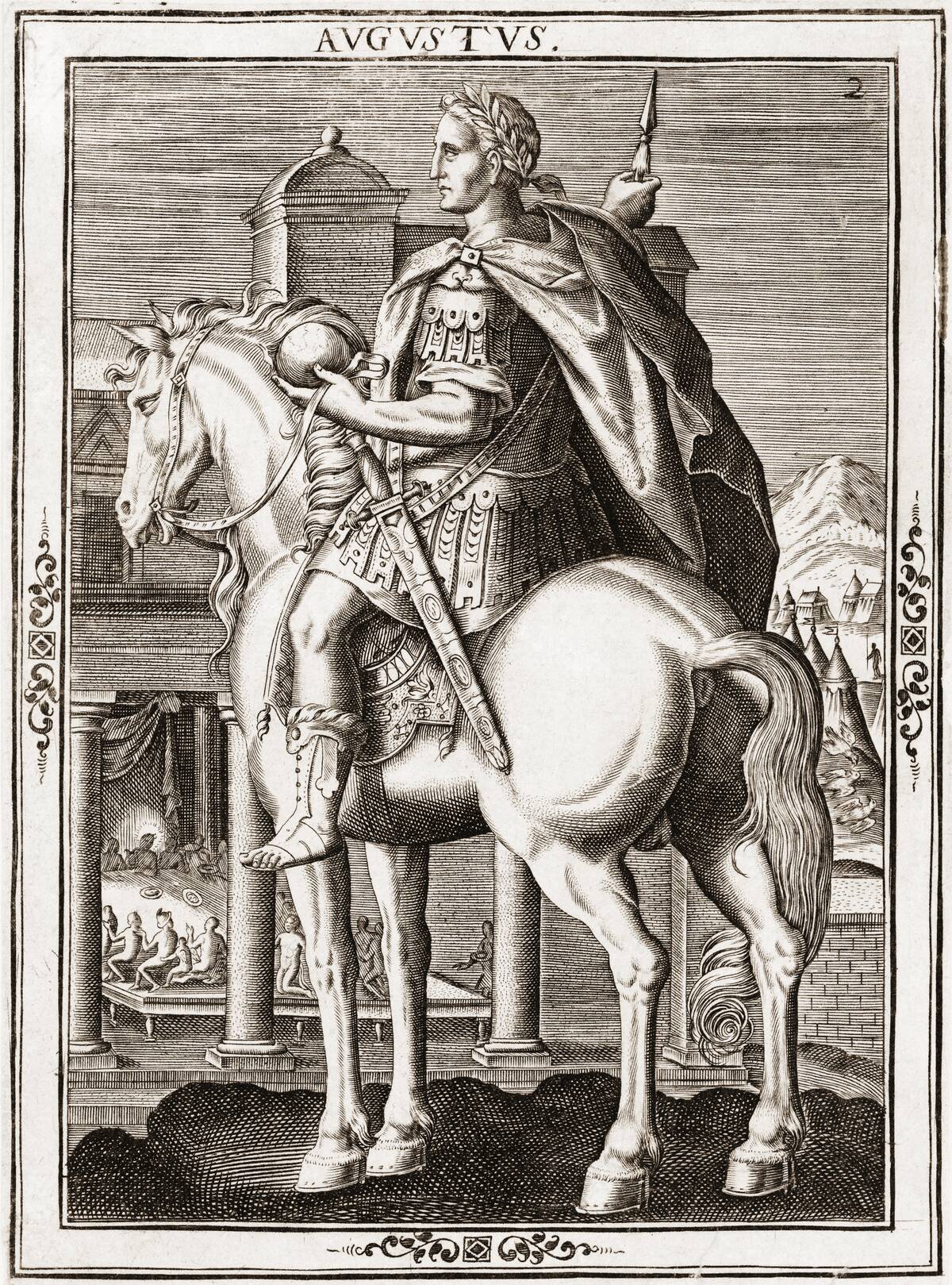
Although Julius Caesar consolidated enough power to transform Rome from a republic into a dictatorship, he was assassinated before he could become its first emperor. So as National Geographic explained, that honor went to his great-nephew Augustus, who is largely considered one of Rome’s most effective leaders who ushered in the Pax Romana.
What were the most common languages in the Roman Empire?
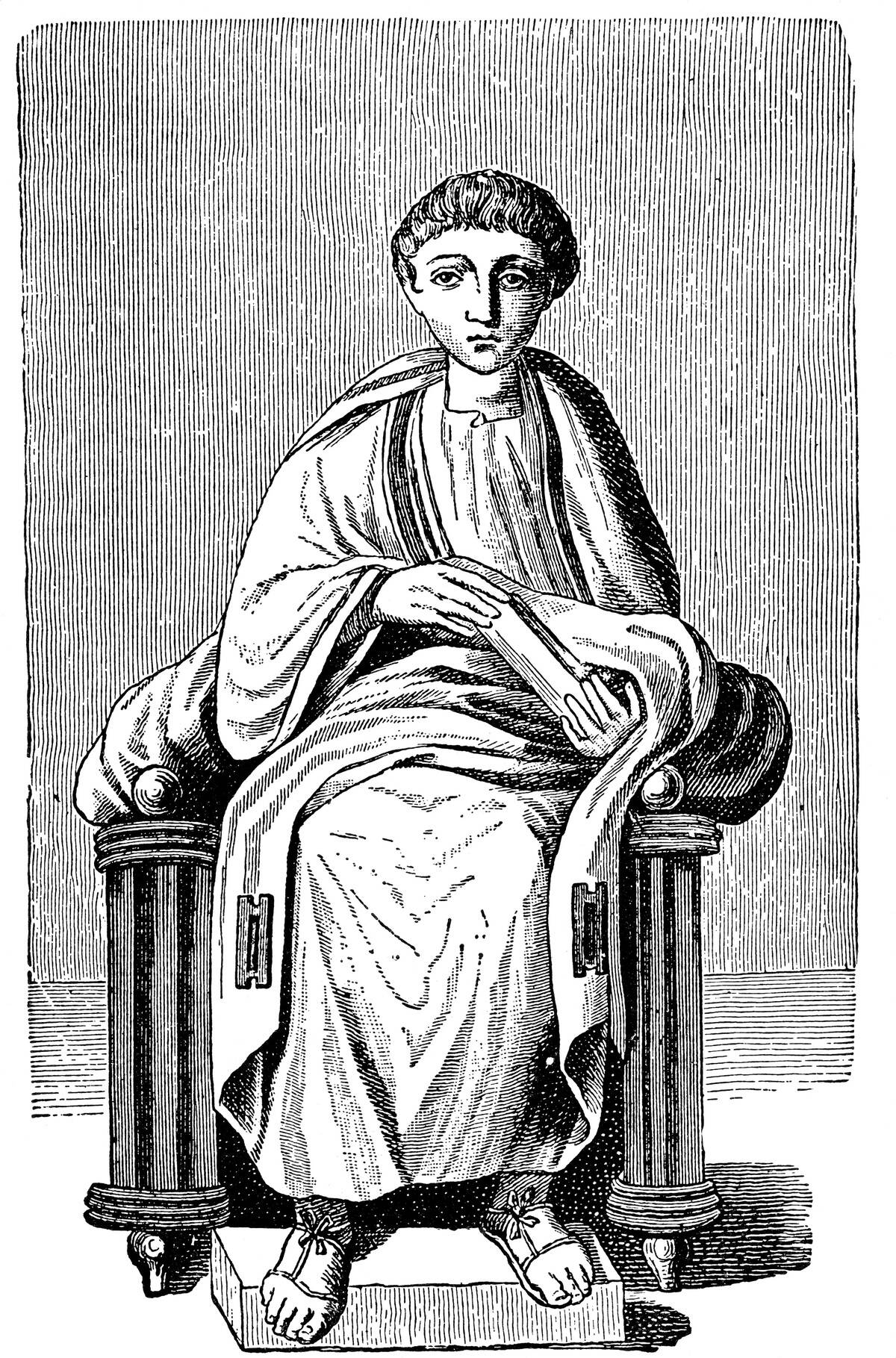
A. Just Latin
B. Latin and Persian
C. Latin and Greek
D. Latin and Celtic
Answer: Latin and Greek
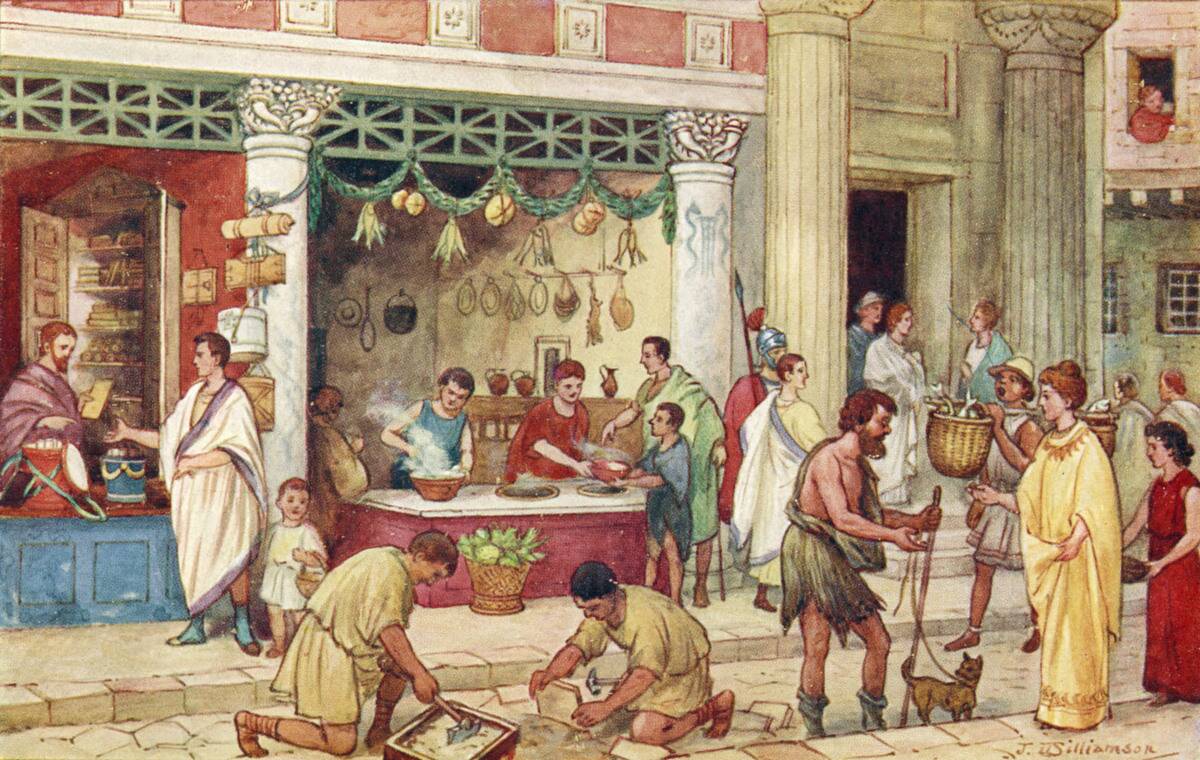
Although Latin was indeed the official language of the Roman Empire, Raymond Van Dam noted in The Roman Revolution Of Constantine that it wasn’t as widely spoken in some regions under Rome’s dominion. This was particularly true in Phrygia, where Greek remained the most common spoken and written language.
What does SPQR mean?
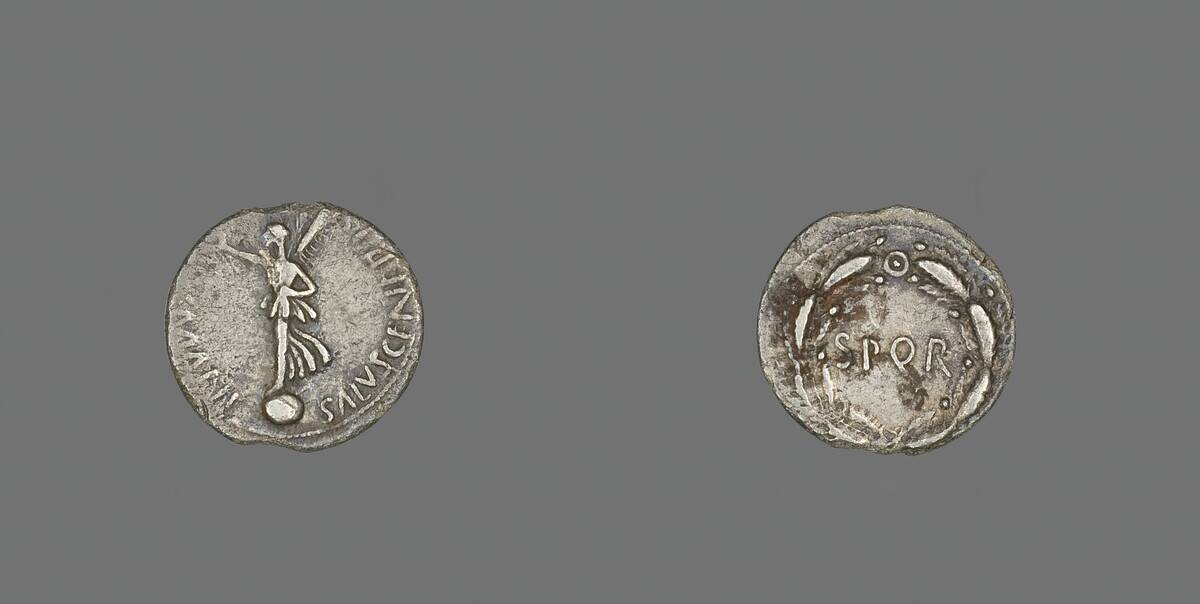
A. Senatus Populusque Romanus
B. Semper Pro Quo Romanus
C. Sum Persona Quo Romanus
D. Semper Plenus Quo Risus
Answer: Senatus Populusque Romanus
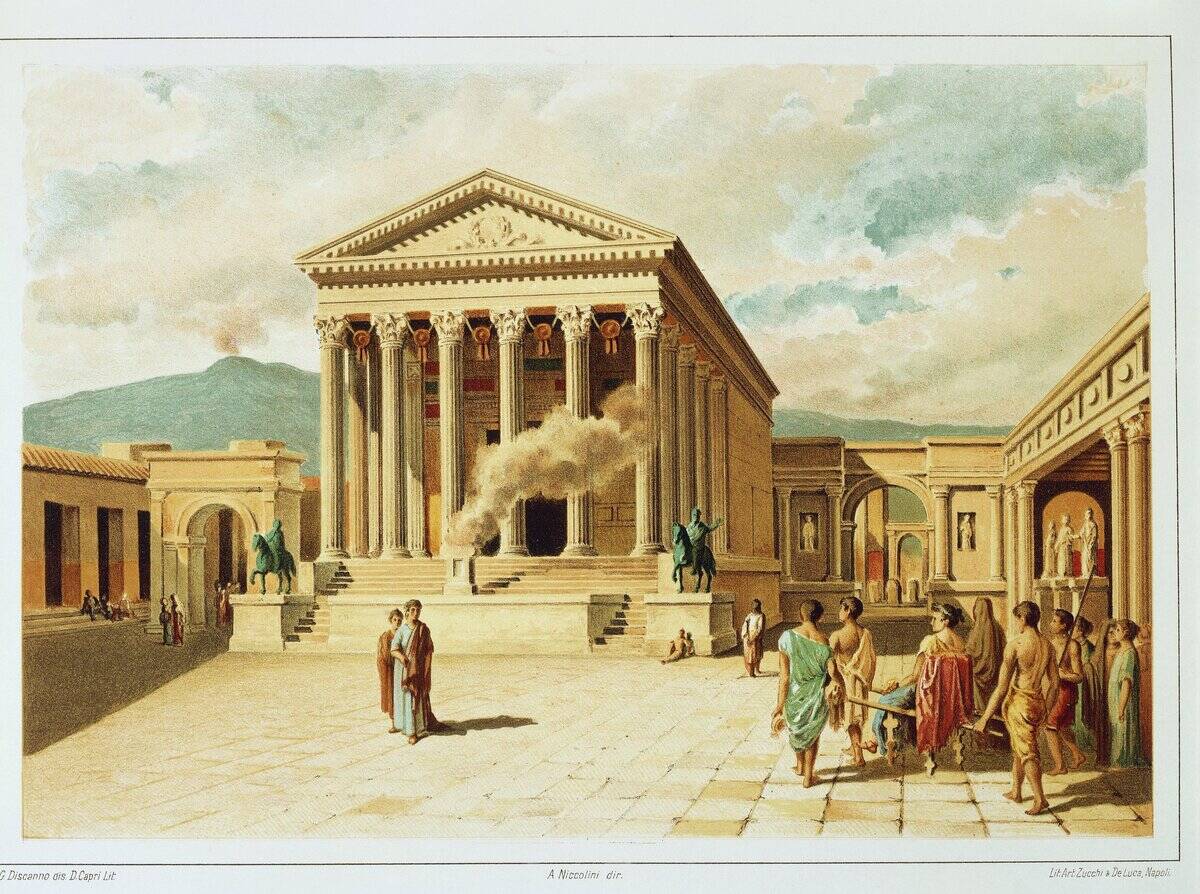
SPQR is a common abbreviation found on official Roman documents, monuments, and currency like this denarius, and The Atlantic confirmed that it stands for Senatus Populusque Romanus, or “The Senate And People Of Rome.” It typically denotes that the relevant currency or document was officially from the Roman government, whichever form it happened to take at the time.
How many people became emperors in 69 CE?
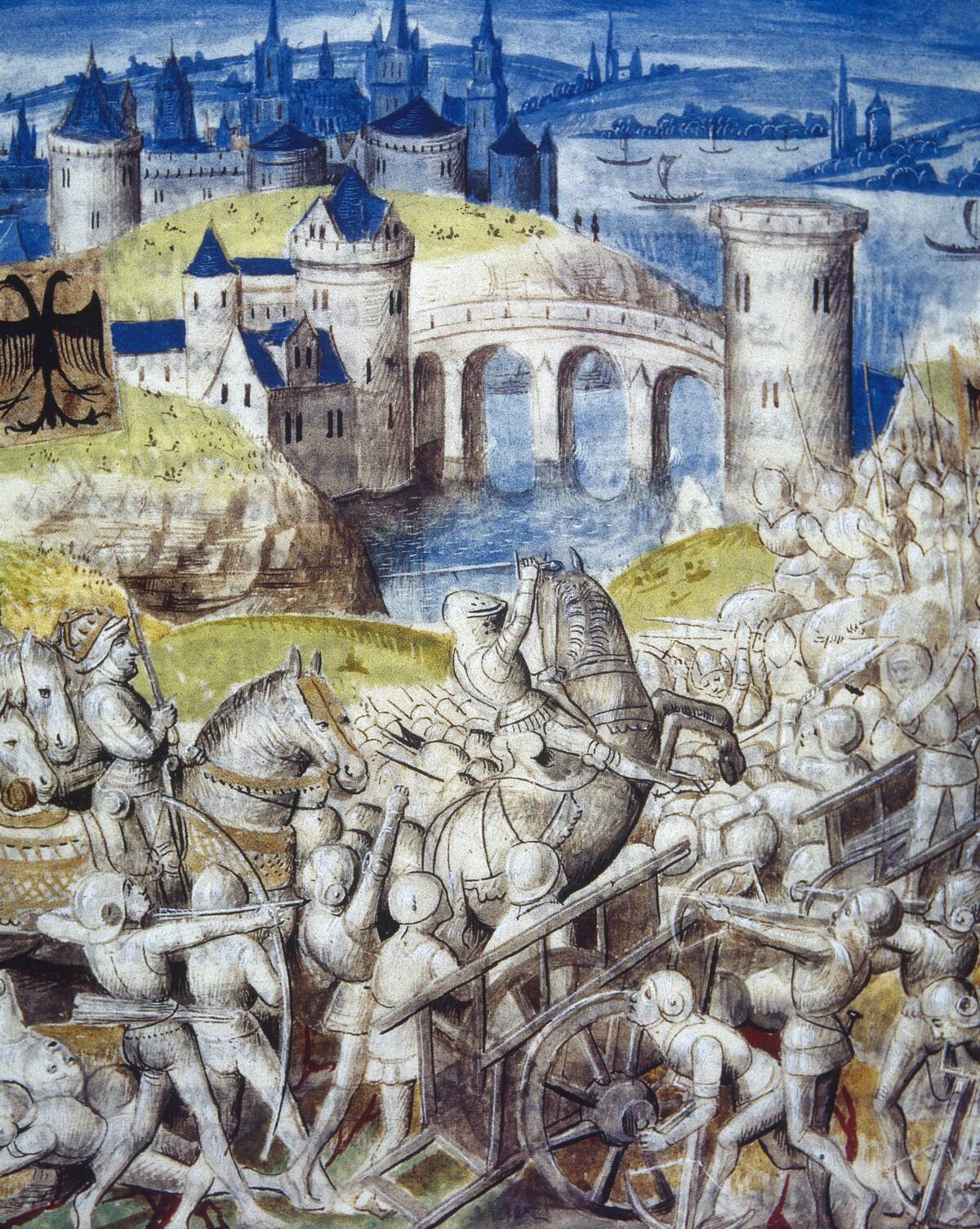
A. One
B. Three
C. Four
D. Seven
Answer: Four
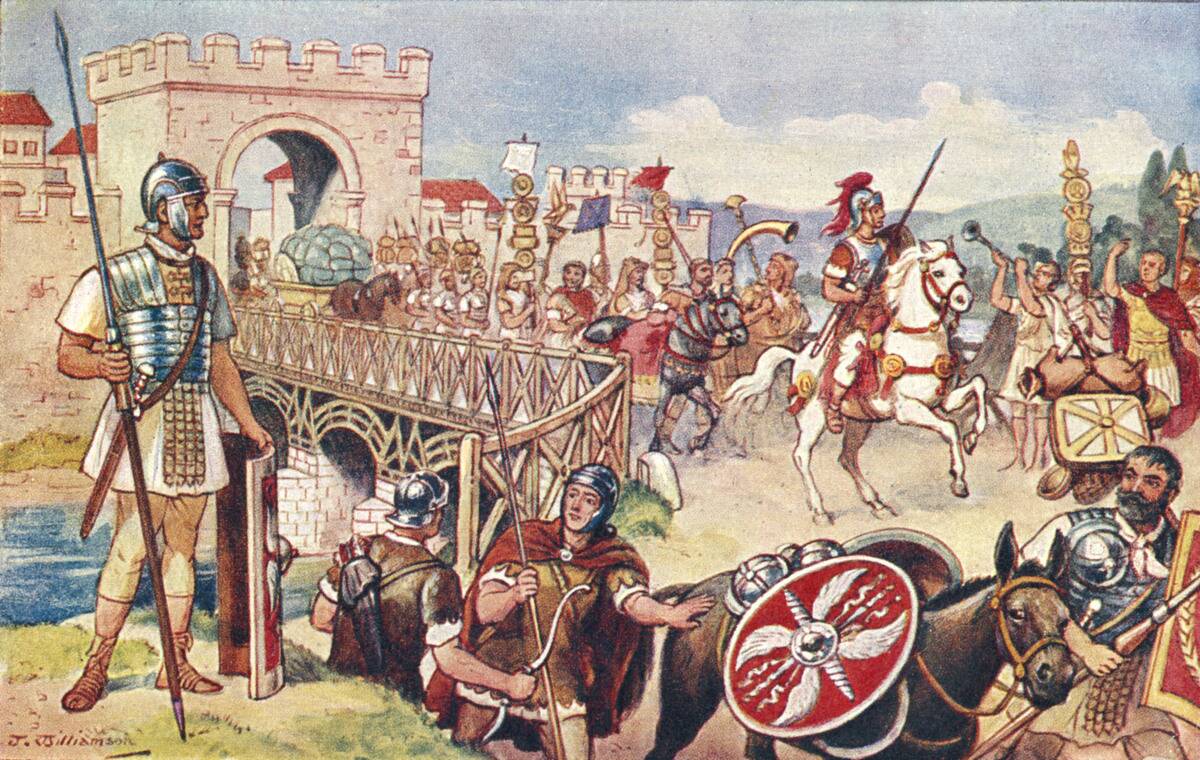
According to PBS, 69 CE is known as the Year of Four Emperors because Rome was under a civil war so tumultuous that three people were overthrown before Vespasian finally re-introduced stability. After Otho was passed over as heir to the empire in favor of Galba, he had the Praetorian Guard assassinate Galba and briefly took control before he was replaced by Vitellius, who was overthrown by Vespasian.
During the 1st Century, how many gladiator games were fatal?
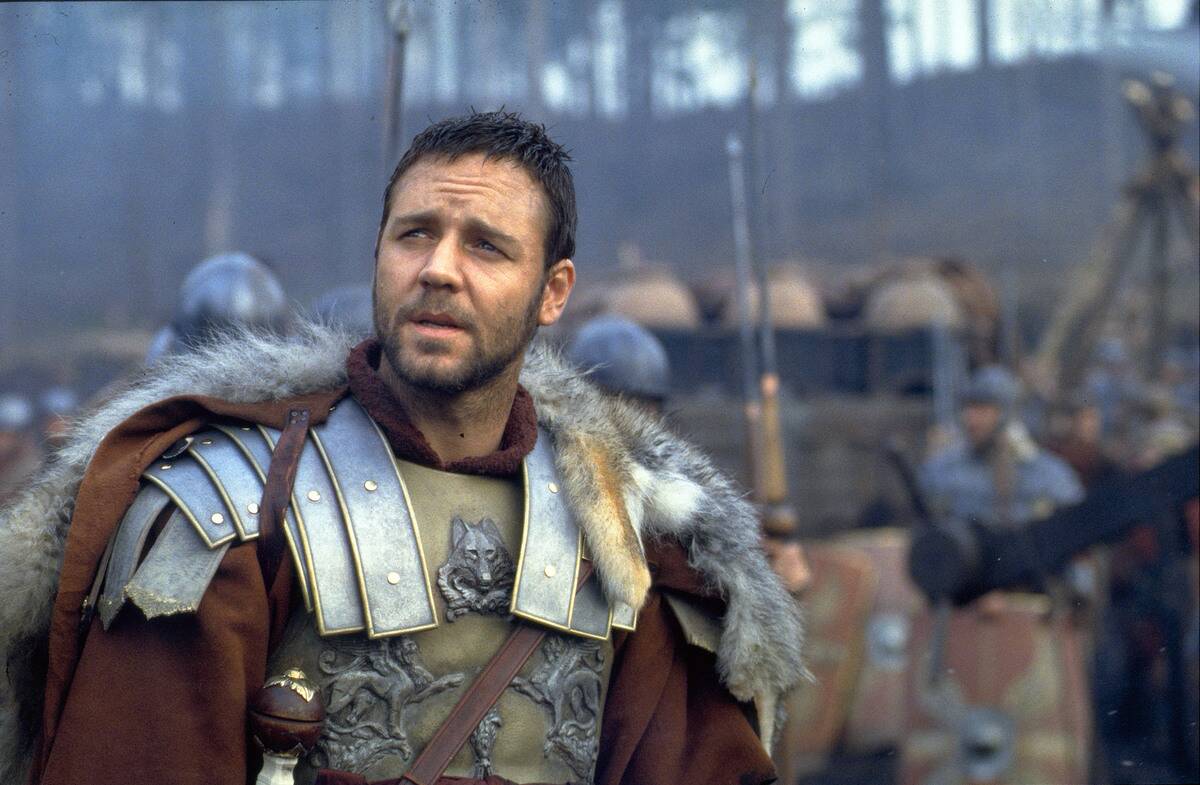
A. All of them
B. One in five
C. One in ten
D. About half
Answer: One in ten
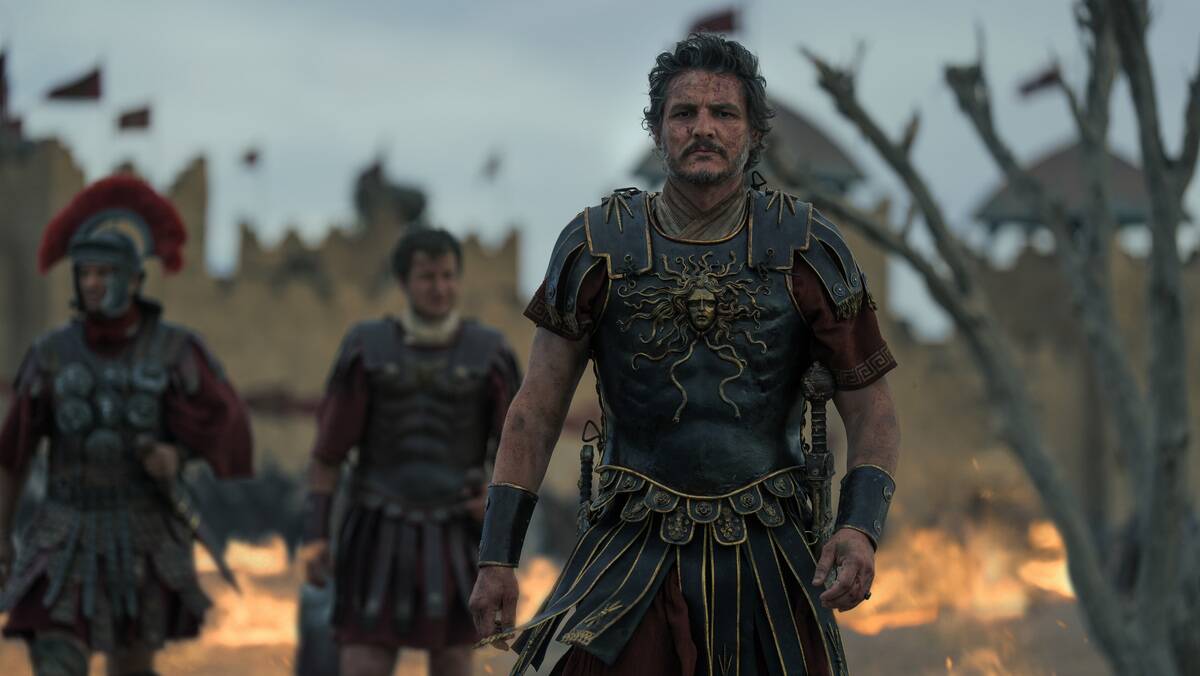
Although the likelihood of a gladiator perishing in the Colosseum varied depending on the Roman era, it’s a common misconception that the games were always fatal. According to the University of Chicago, a gladiator’s odds of falling in combat were about one in ten. In fact, nobody died at all in Nero’s Campus Martius amphitheater for a whole year.
What was a maniple, and why was it important to Roman wars?
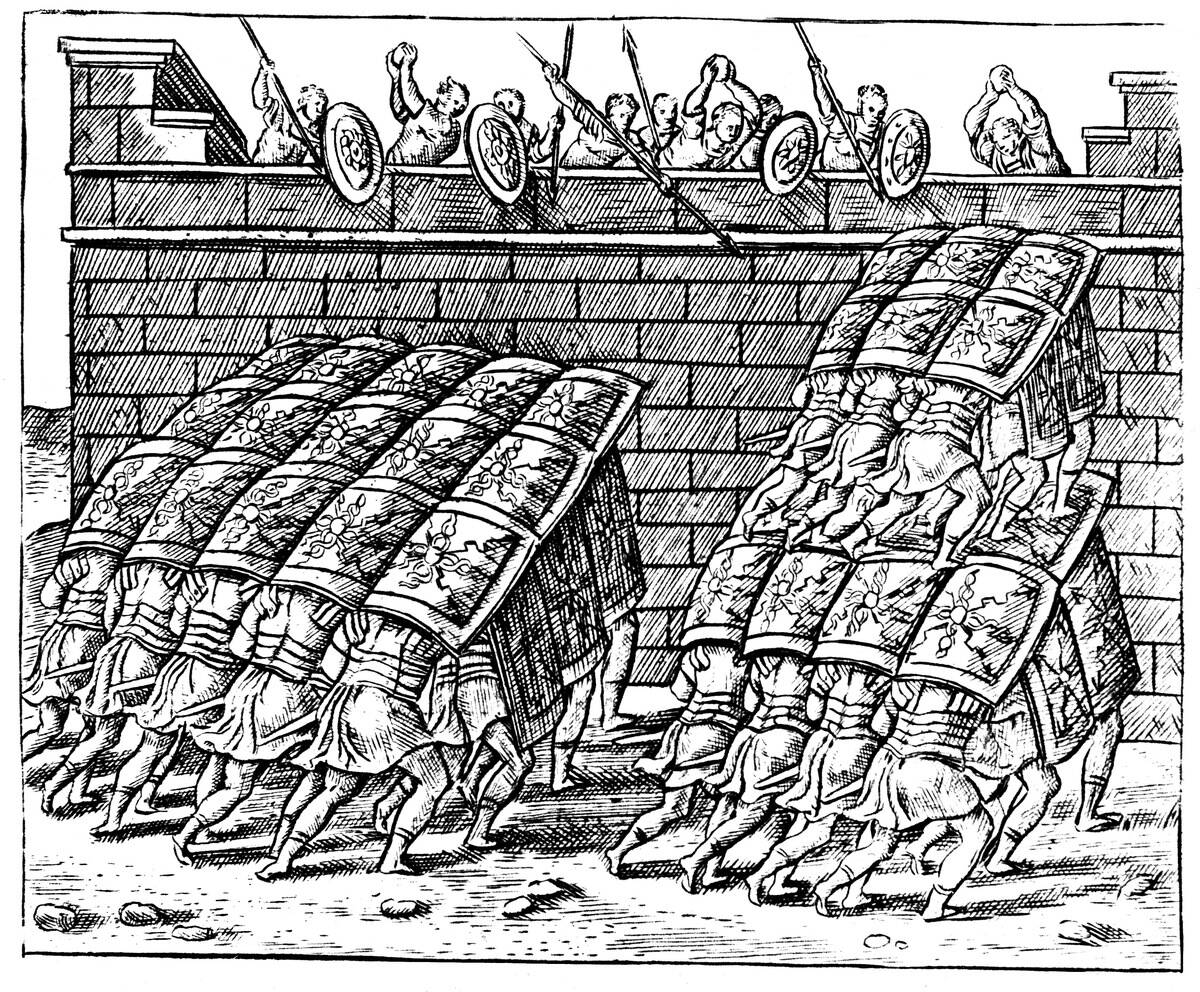
A. A division of soldiers in a formation that allowed tired and healthy soldiers to rotate
B. An advanced type of spear that could reach farther without breaking
C. A shield that was the most important component of the phalanx formation
D. A suit of armor that protected a soldier’s chest and shoulders
Answer: A division of soldiers in a formation that allowed tired and healthy soldiers to rotate
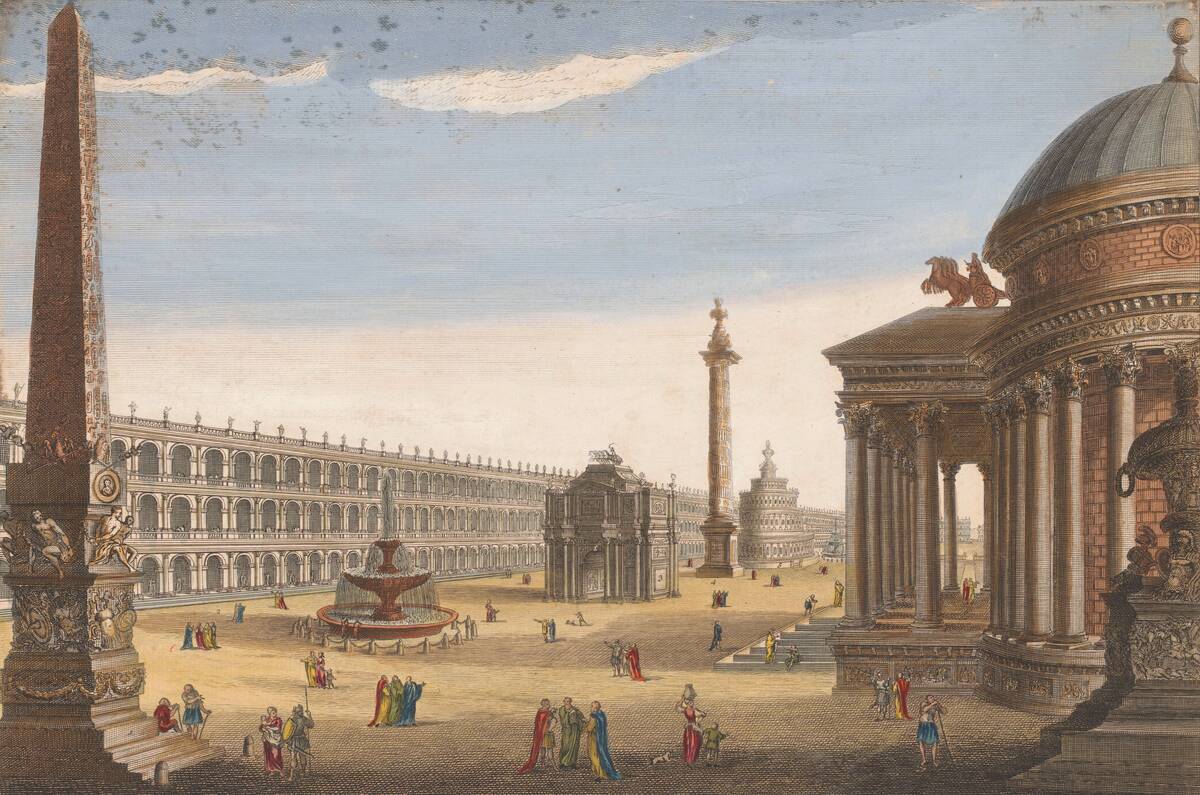
According to a 2020 article in the Journal of Military And Veteran’s Health, a maniple was a division of Roman troops arranged in a checkerboard formation in three lines. This allowed front-line troops (usually the least experienced) to fight until exhaustion and retreat to the back line while the second line moved forward to replace them. This typically kept each division combat-effective as their enemies tired.
What was the name of the volcano that destroyed Pompeii?
![Mount [redacted] Erupting](https://media.tellmebest.com/wp-content/uploads/2023/08/Mount-redacted-Erupting-69517.jpeg)
A. Mount Etna
B. Mount Epomeo
C. Mount Capanne
D. Mount Vesuvius
Answer: Mount Vesuvius
![Mount [redacted] Erupting](https://media.tellmebest.com/wp-content/uploads/2023/08/mount-vesuvius-erupting-67058.jpeg)
Visitors to Pompeii can explore its ruins, which have been preserved enough after the ancient eruption of Mount Vesuvius that modern tour guides can name the purposes each individual ruin served when they were populated buildings.
Who crossed the Alps with elephants in the second Punic War?
![[redacted] Crossing of the Alps](https://media.tellmebest.com/wp-content/uploads/2023/08/redacted-Crossing-of-the-Alps-11054.jpeg)
A. Pompey
B. Hannibal
C. Gaius Marius
D. Scipio Africanus
Answer: Hannibal
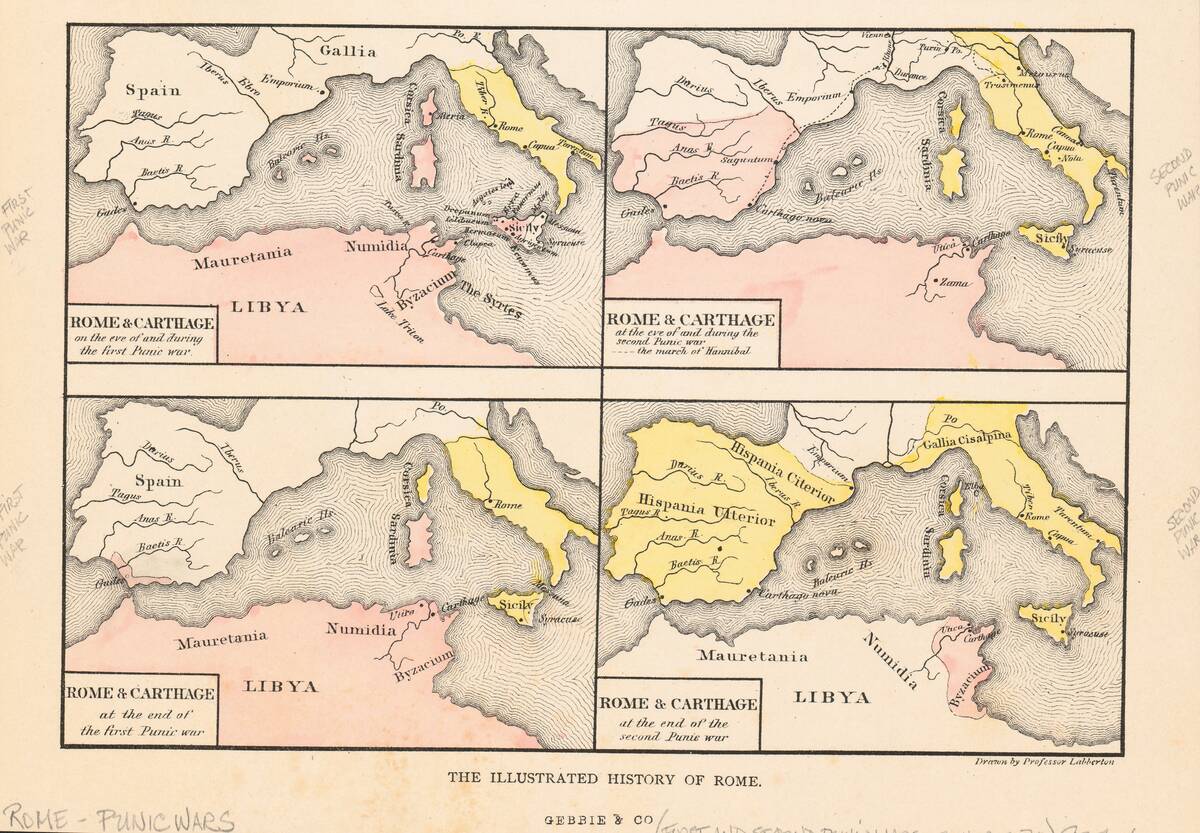
According to the Smithsonian Magazine, Hannibal famously led tens of thousands of soldiers, thousands of horses, and 37 African elephants across the Alps in a military move so celebrated that it took until 2017 to determine exactly how he did it.
Aside from Gladiator games, what was the Colosseum used for?
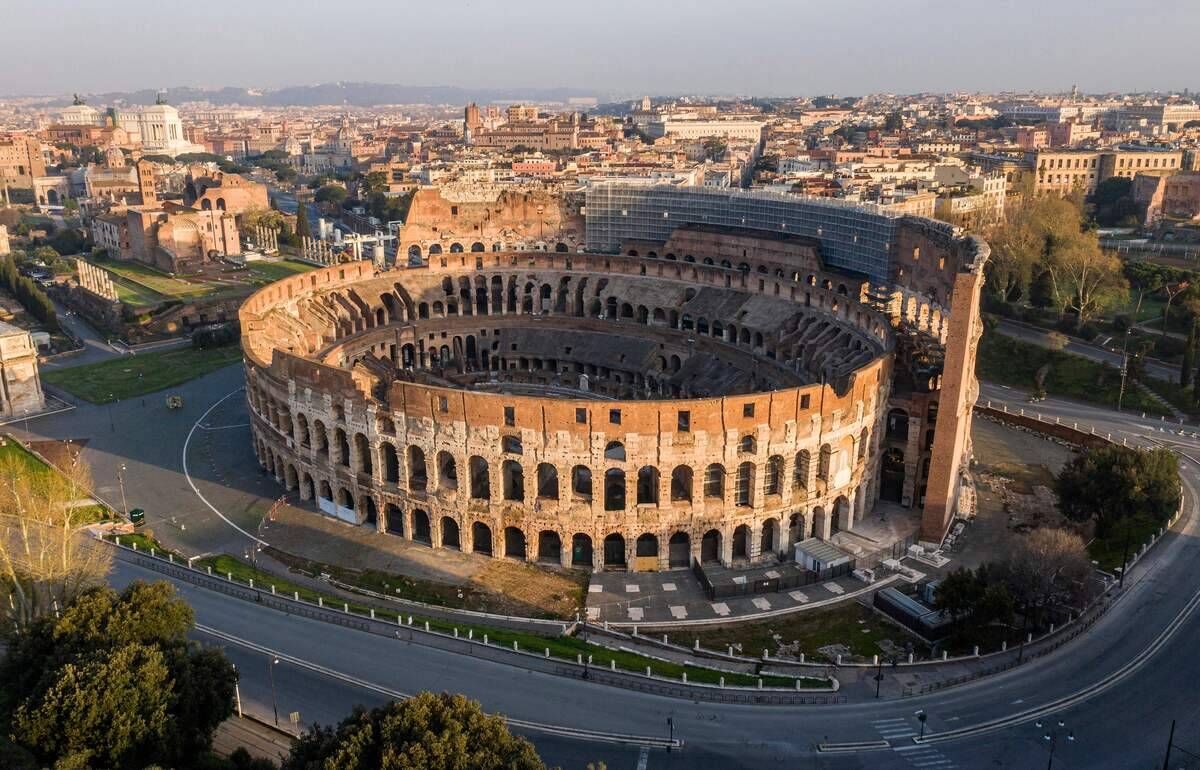
A. A sport called Calcio storico
B. Battle re-enactments, dramas, and executions
C. Concerts by ancient musicians
D. Animal races
Answer: Battle re-enactments, dramas, and executions
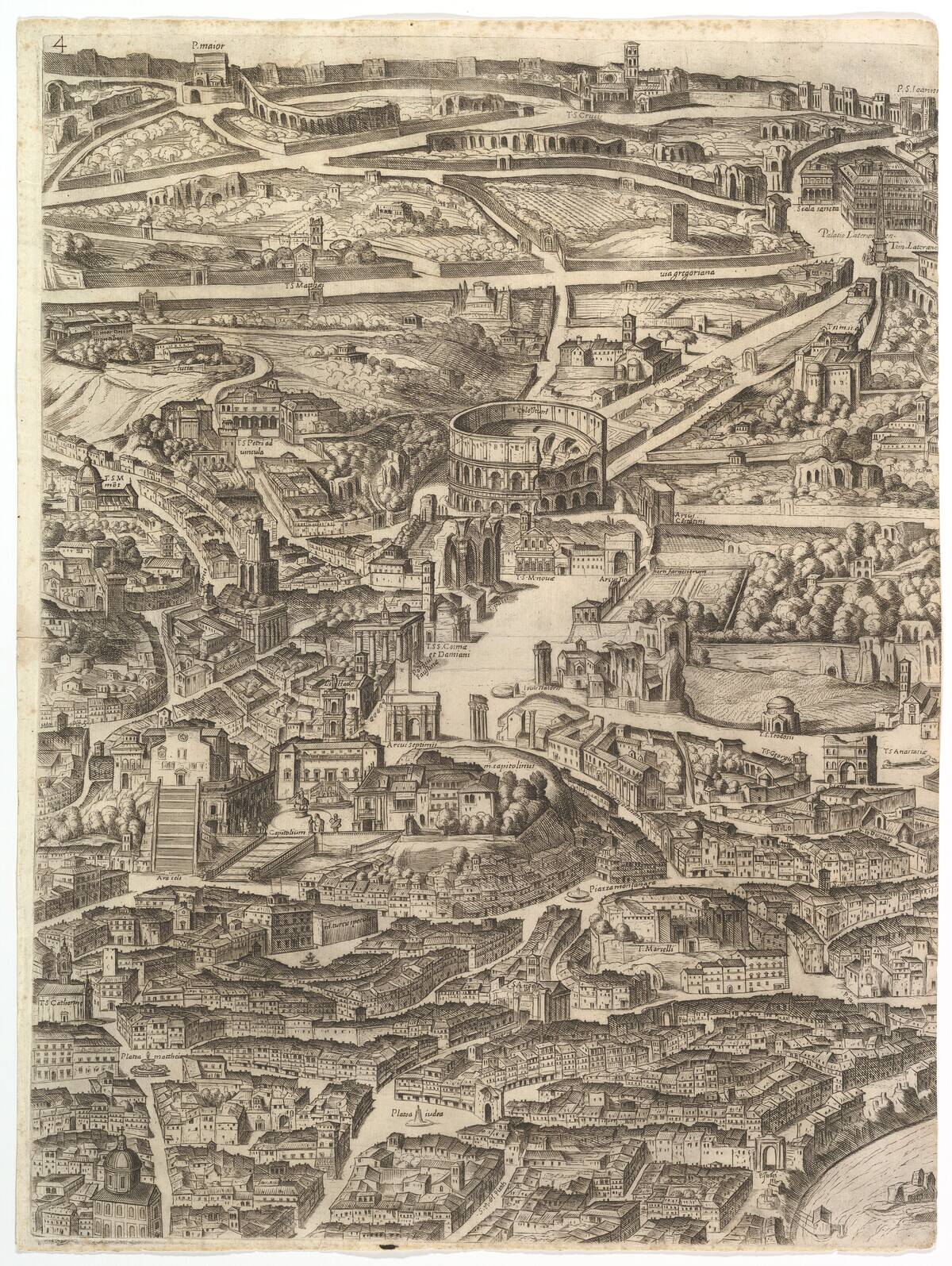
According to National Geographic, the Colosseum was a multi-purpose arena despite its gladiator-heavy reputation. But while Roman citizens after 72 CE could take in an ancient play or a re-enactment of an old battle, it’s also likely that they would have witnessed executions there.
What event was disastrous enough to kill two different emperors?
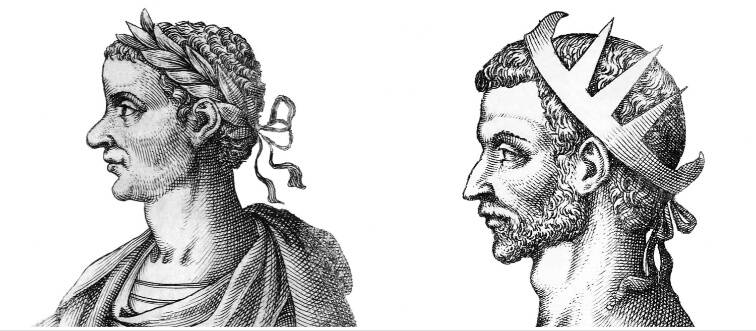
A. The Third Roman Civil War
B. The eruption of Mount Vesuvius
C. The Plague of Cyprian
D. The revolt of Spartacus
Answer: The Plague of Cyprian
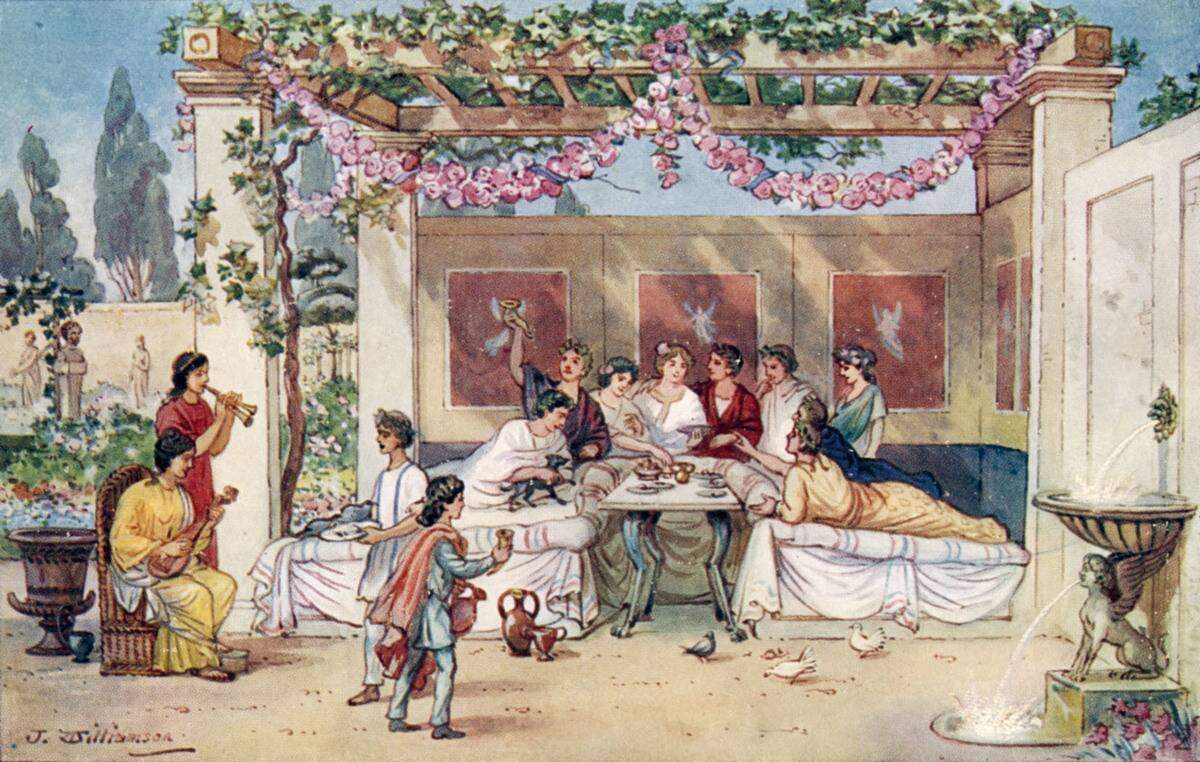
According to a 2015 article in the Journal Of Roman Archaeology, the Plague of Cyprian ravaged Rome during the latter half of the 3rd Century. Although it’s hard to know just how many thousands fell to this plague, what is known is that the emperors Hostilianus and Claudius Gothicus both succumbed to the epidemic.
What finally ended the Pax Romana?
![Emperor [redacted] (160-192) with Hercules' symbols, marble statue, from Esquilino hill](https://media.tellmebest.com/wp-content/uploads/2023/08/Emperor-redacted-160-192-with-Hercules-symbols-marble-statue-from-Esquilino-hill-56640.jpeg)
A. The Year Of Five Emperors
B. The reign of Commodus
C. The reign of Caligula
D. The reign of Nero
Answer: The reign of Commodus
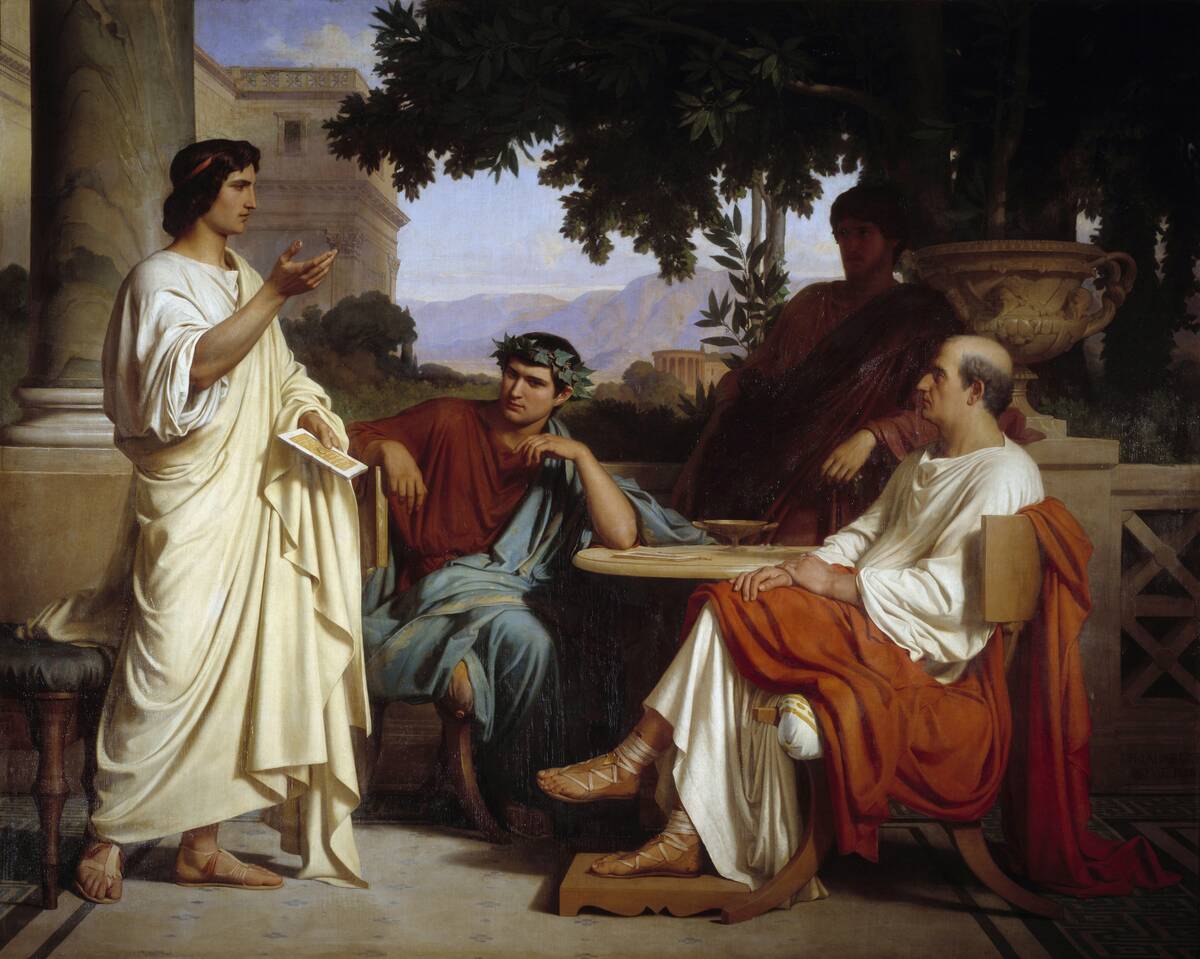
According to the History Channel, Marcus Aurelius broke with tradition and appointed his son Commodus as his successor before his death. But while his father was considered a wise and effective leader, Commodus was more concerned with maintaining a decadent lifestyle than ruling competently. By the time he was assassinated in 192 CE, the golden age of Pax Romana had officially ended as Rome entered another civil war.
Which military leader is credited for conquering Britain?
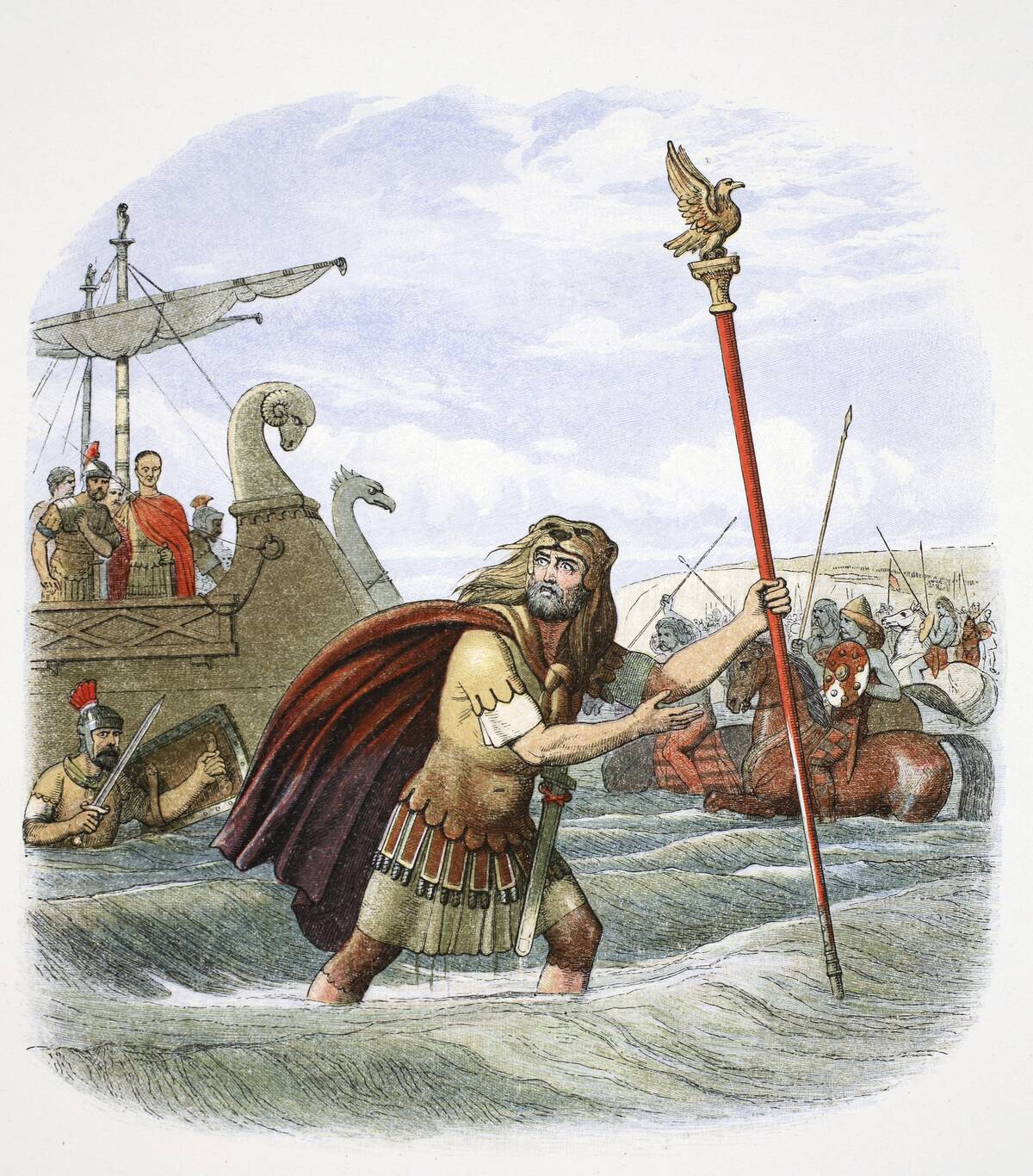
A. Julius Caesar
B. Marcus Antonius
C. Cassius Dio
D. Aulus Plautius
Answer: Aulus Plautius
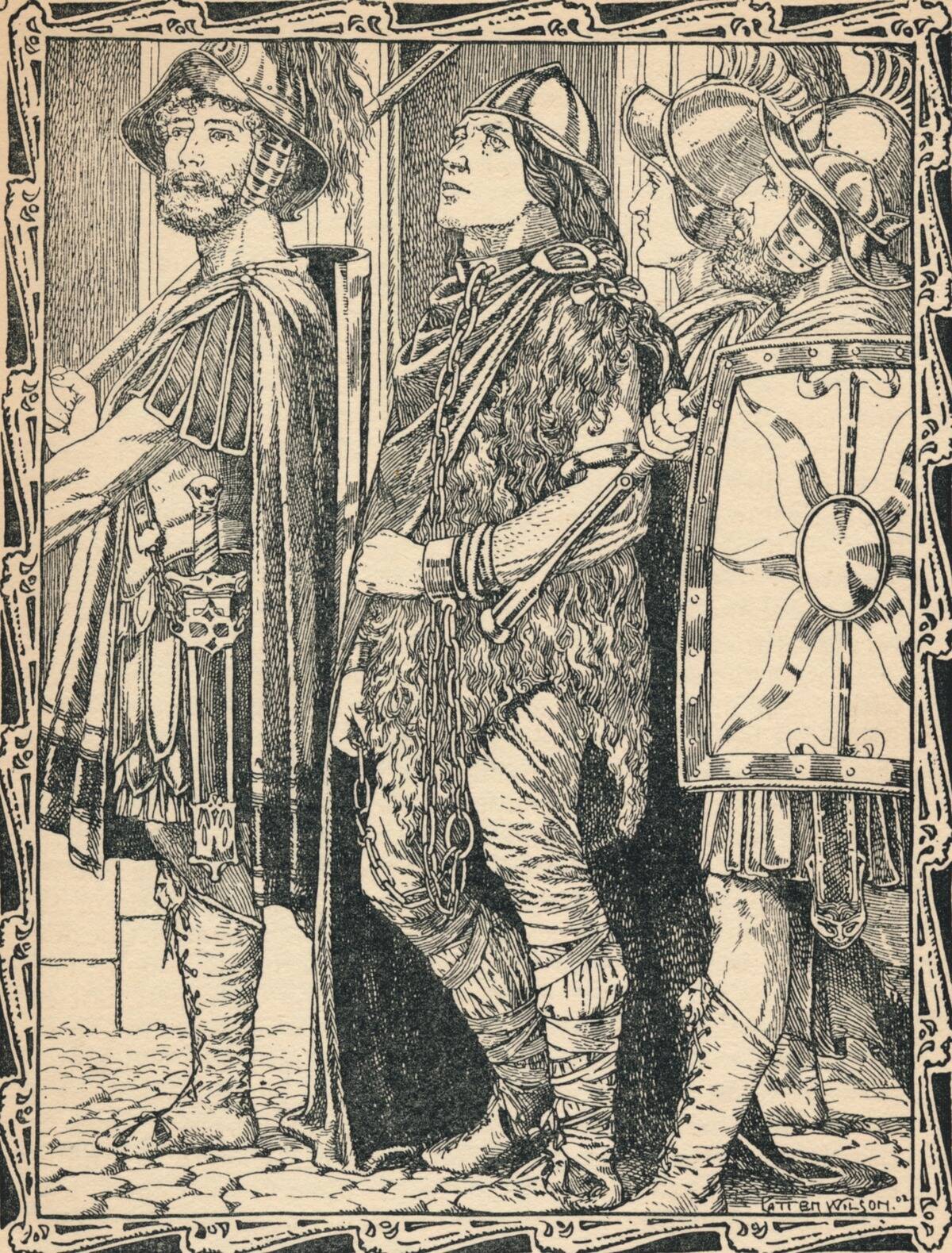
Although Julius Caesar’s forces once landed in Britain, Rome didn’t actually conquer the land until 43 CE when Aulus Plautius invaded it by order of the emperor Claudius. According to the BBC, four legions and 20,000 auxiliaries accompanied the first Roman governor of Britain.
Which Roman emperor legalized Christianity in the empire?
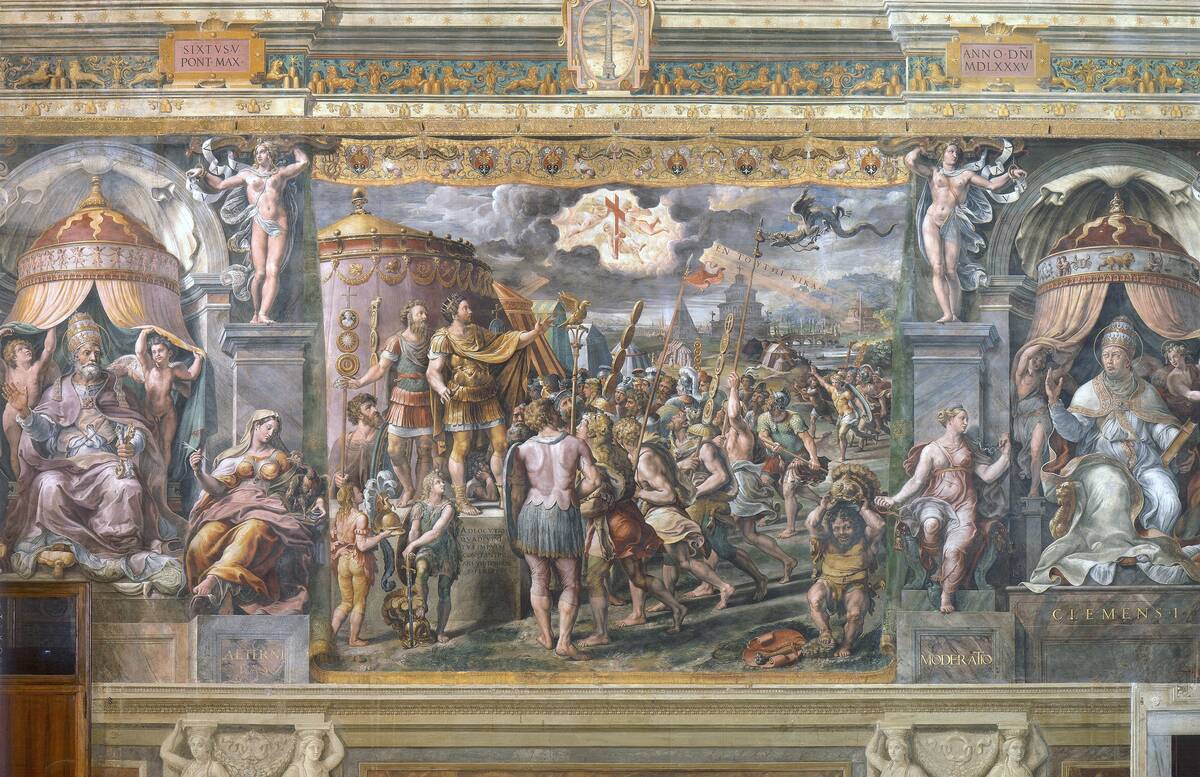
A. Gordian I
B. Constantine I
C. Valentinian I
D. Constantius I
Answer: Constantine I
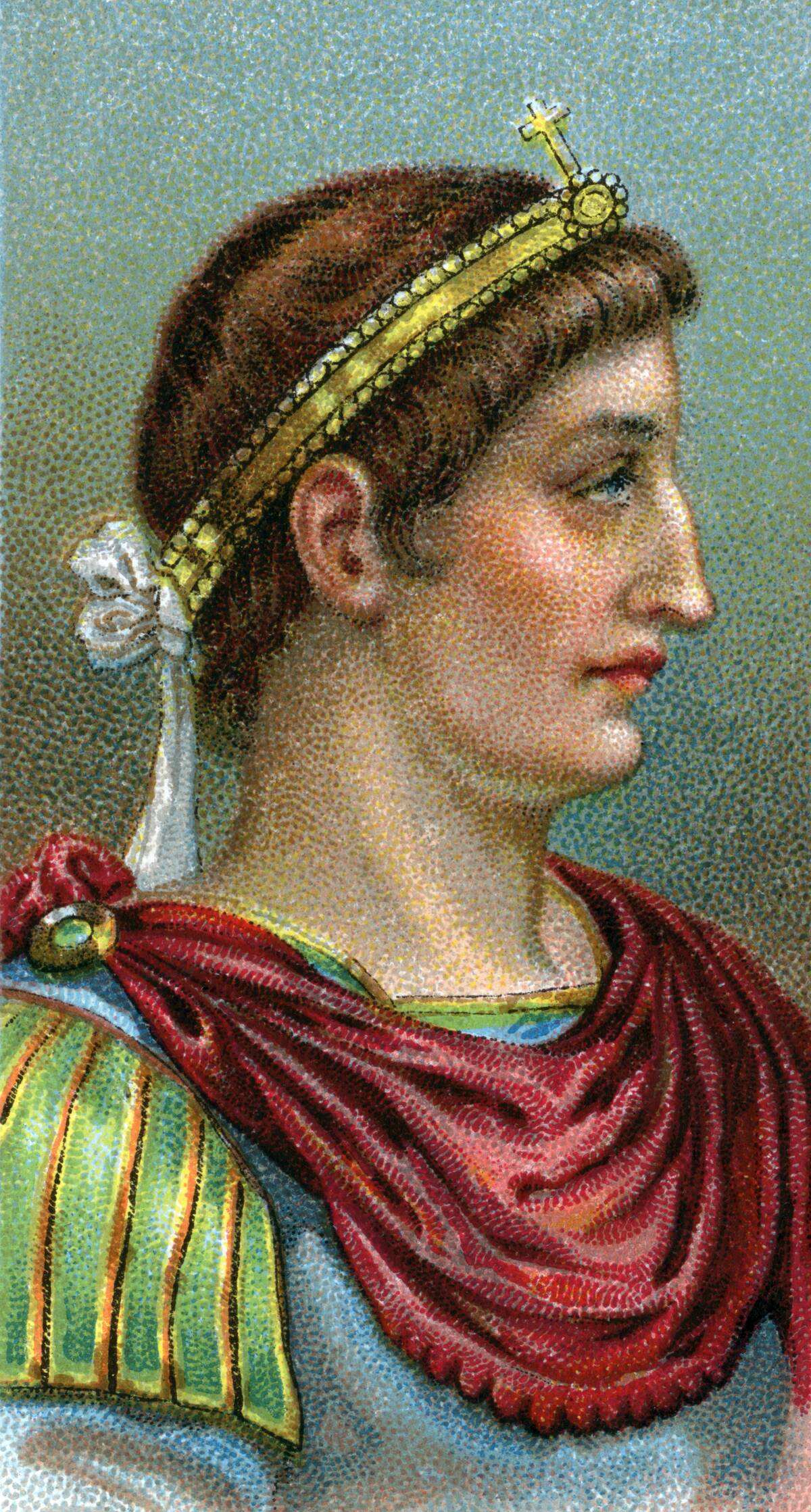
According to National Geographic, Rome’s state persecution of Christians ended with the personal conversion of the emperor Constantine I, who reported seeing a vision of a crucifix in the sky. After he started believing in the Abrahamic God himself, Constantine was instrumental in enacting the Edict of Milan in 313 CE. This edict granted “to the Christians and others full authority to observe that religion which each preferred.”
Who were commonly called the Five Good Emperors?
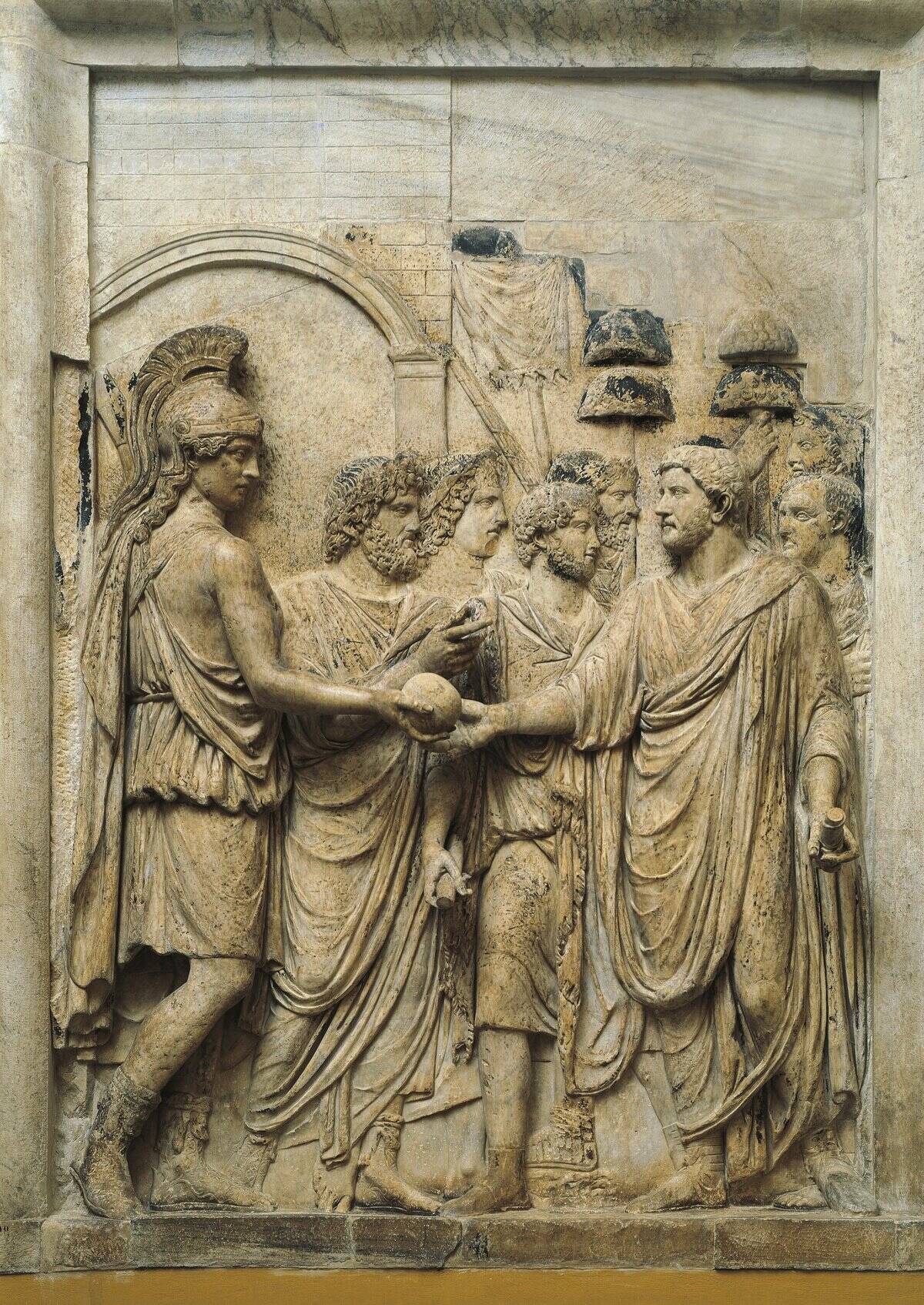
A. Augustus, Claudius, Marcus Aurelius, Constantine I
B. Pertinax, Didius Julianus, Pescennius Niger, Clodius Albinus, Septimius Severus
C. Caligula, Nero, Commodus, Caracalla, Maximinus Thrax
D. Nerva, Trajan, Hadrian, Antonius Pius, and Marcus Aurelius
Answer: Nerva, Trajan, Hadrian, Antonius Pius, and Marcus Aurelius
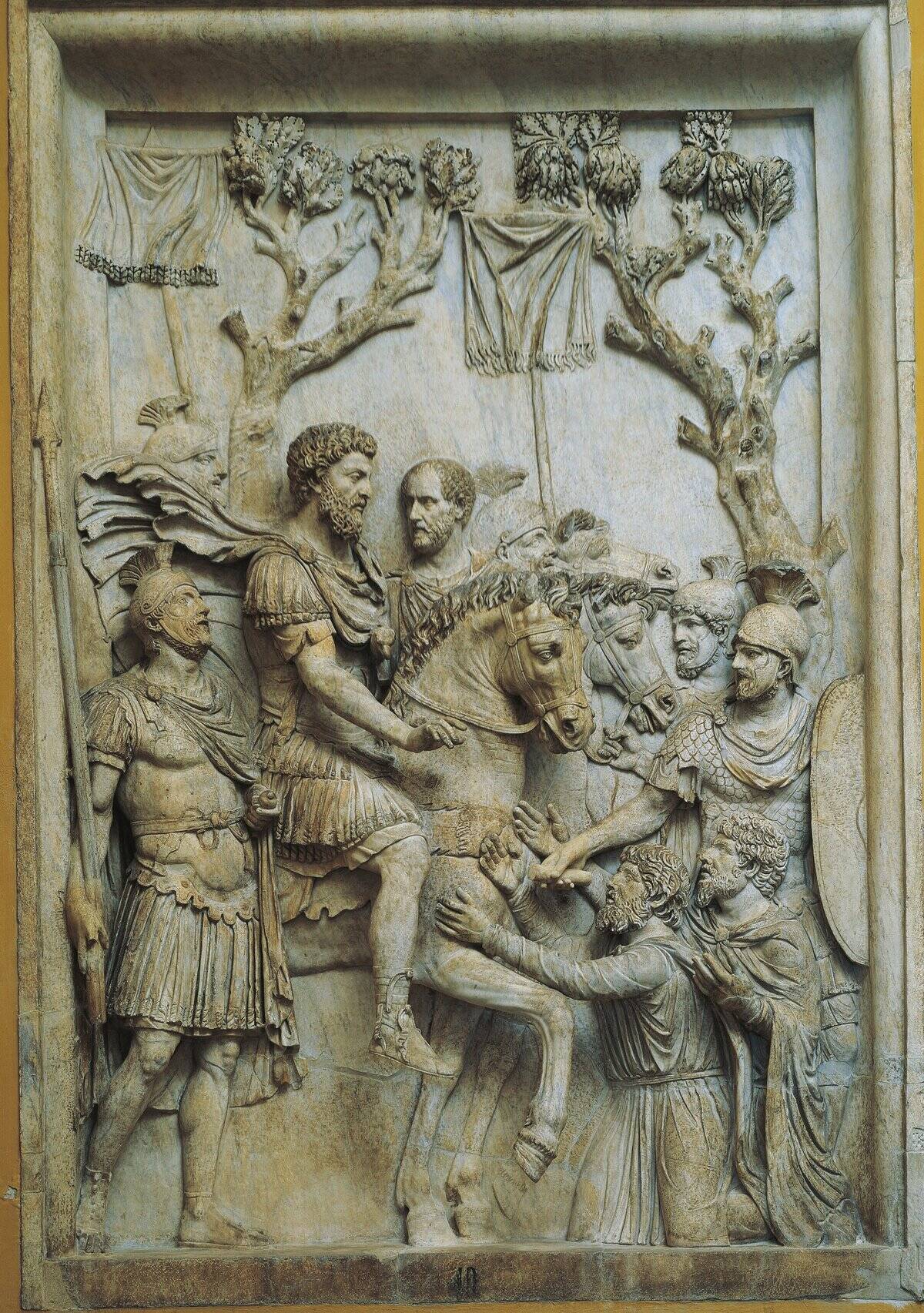
Although Rome arguably had far more than five effective emperors, the Five Good Emperors refers to five successive leaders who didn’t undermine the work of previous great emperors, as Caligula or Nero would have done. According to the history website United Nations of Roma Victrix, the emperors Nerva, Trajan, Hadrian, Antonius Pius, and Marcus Aurelius (alongside his adoptive brother Lucius Verus) all led Rome through a long period of prosperity.
What disastrous event was Nero widely blamed for causing?
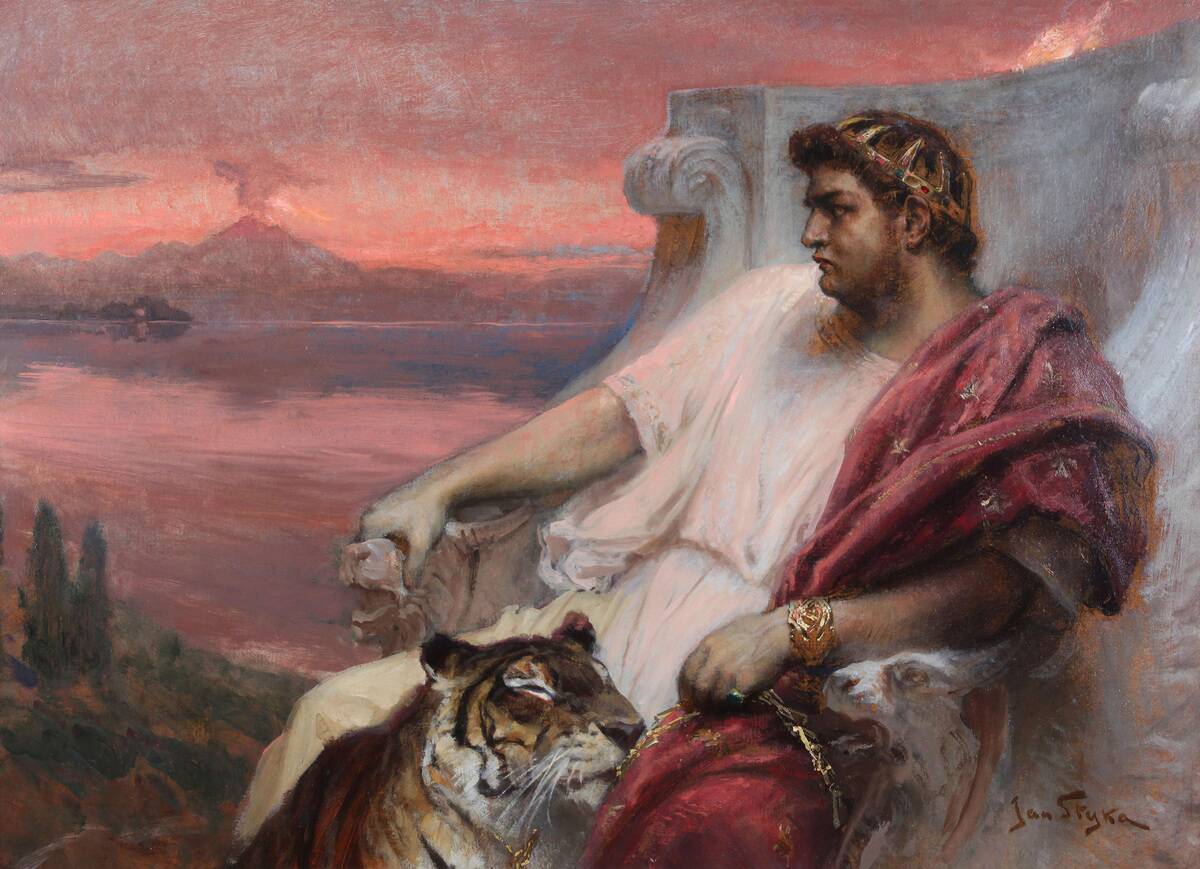
A. The Second Roman Civil War
B. A succession crisis due to excessive executions of political rivals
C. The Great Roman Fire of 64 CE
D. The Antonine Plague
Answer: The Great Roman Fire of 64 CE

According to the Smithsonian Magazine, part of Nero’s infamy came from the suspected role he had in starting a great fire in 64 CE that destroyed a significant part of the Roman capital. Indeed, he’s famously described as callously playing his lyre while the city burned. In reality, he was 30 miles away from Rome when the fire started and worked to help rebuild it.
Who did Nero blame for Rome’s Great Fire of 64 CE?
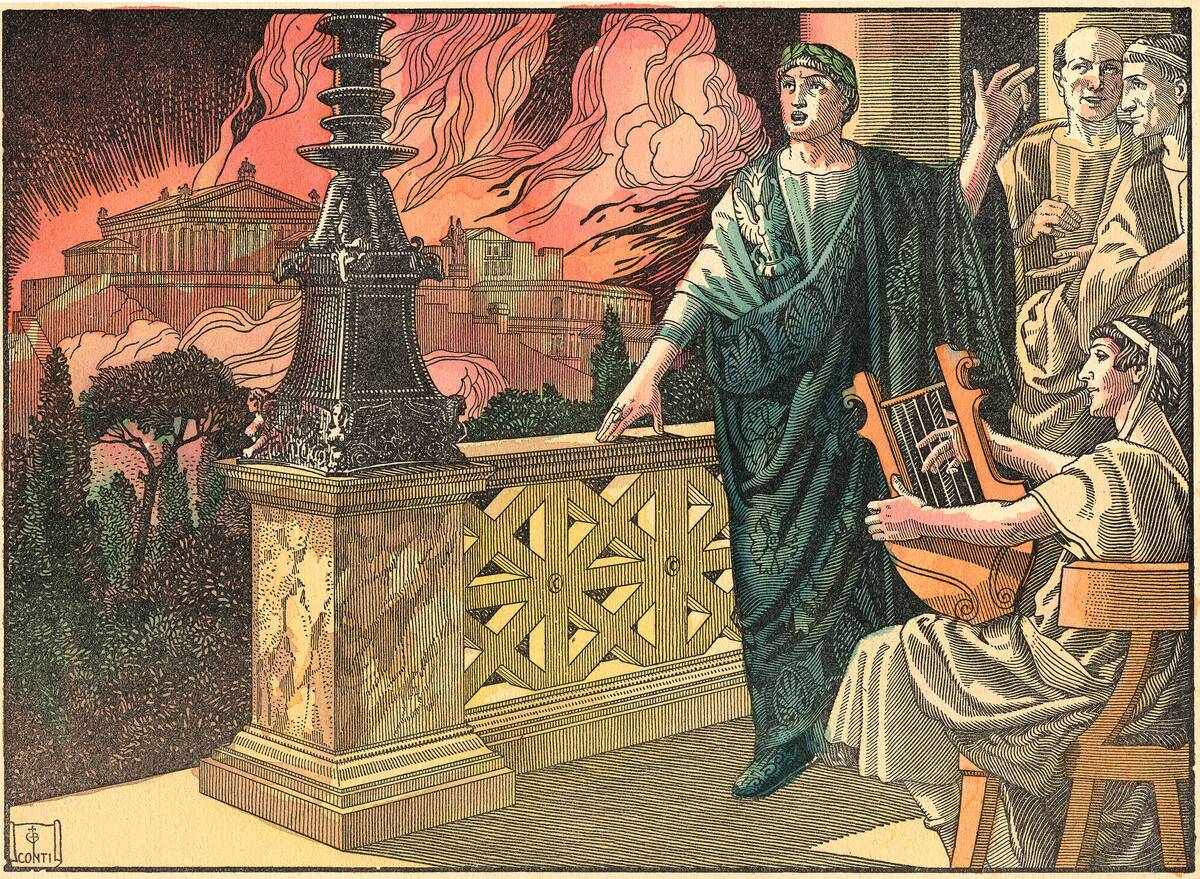
A. The Senate
B. Attila The Hun
C. Christians
D. Pyrrhus
Answer: Christians
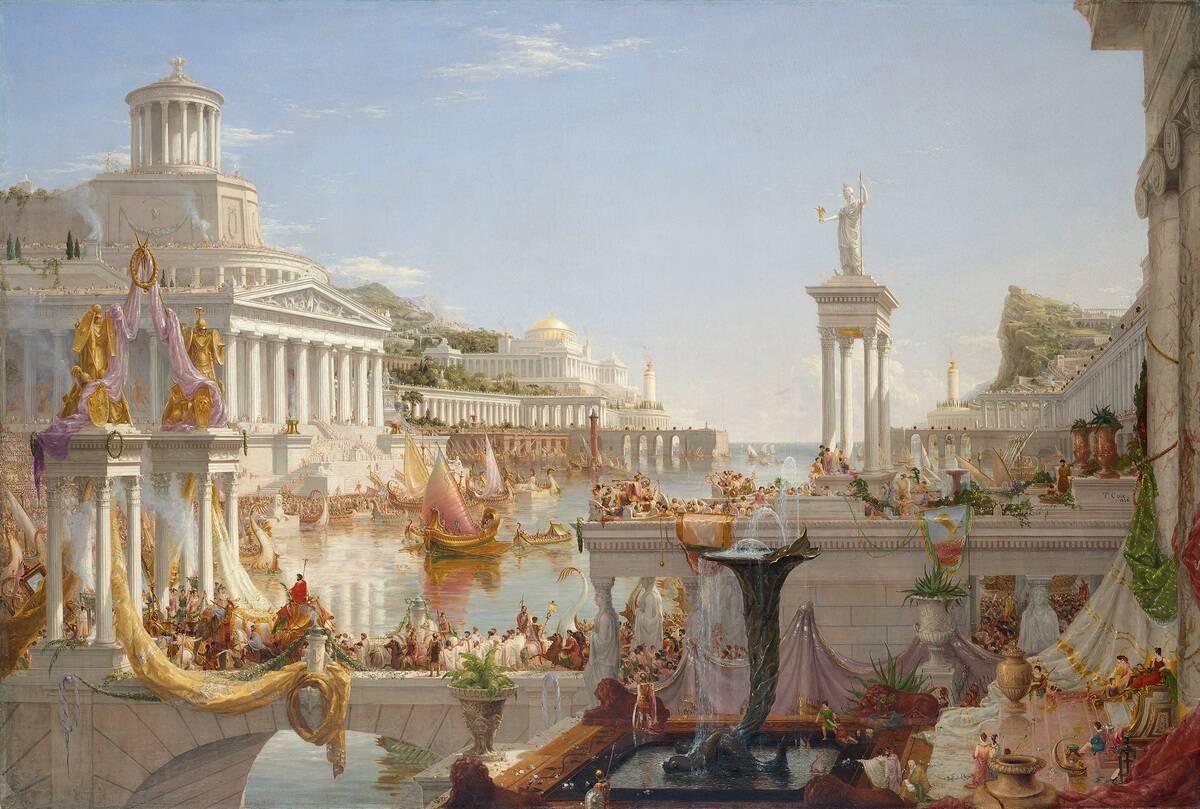
Nero may have been unfairly blamed for Rome’s Great Fire, but the Smithsonian Magazine noted that he was just as prone to scapegoating then-popular targets for things they didn’t do as his political rivals were. And since he had the power of the empire behind him, the Christians he blamed were executed rather than just disliked.
Which emperor opened the Colosseum with a 100-day festival?
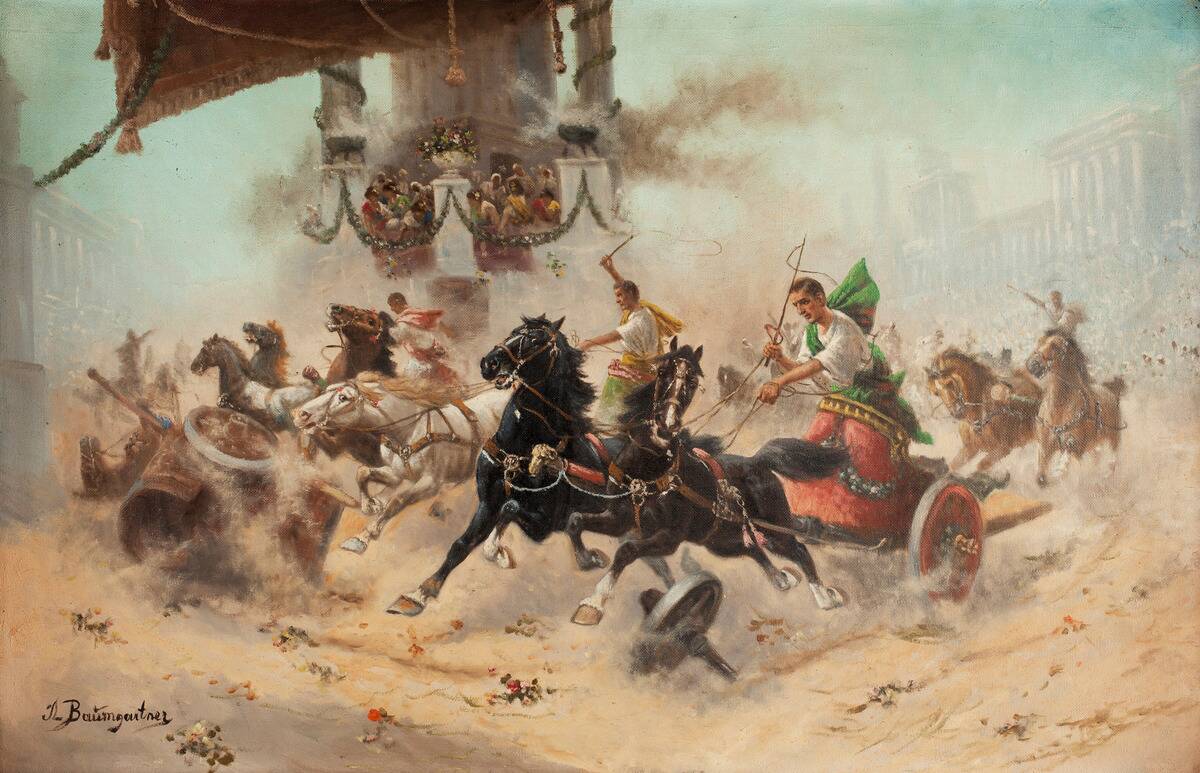
A. Commodus
B. Vespasian
C. Titus
D. Tiberius
Answer: Titus
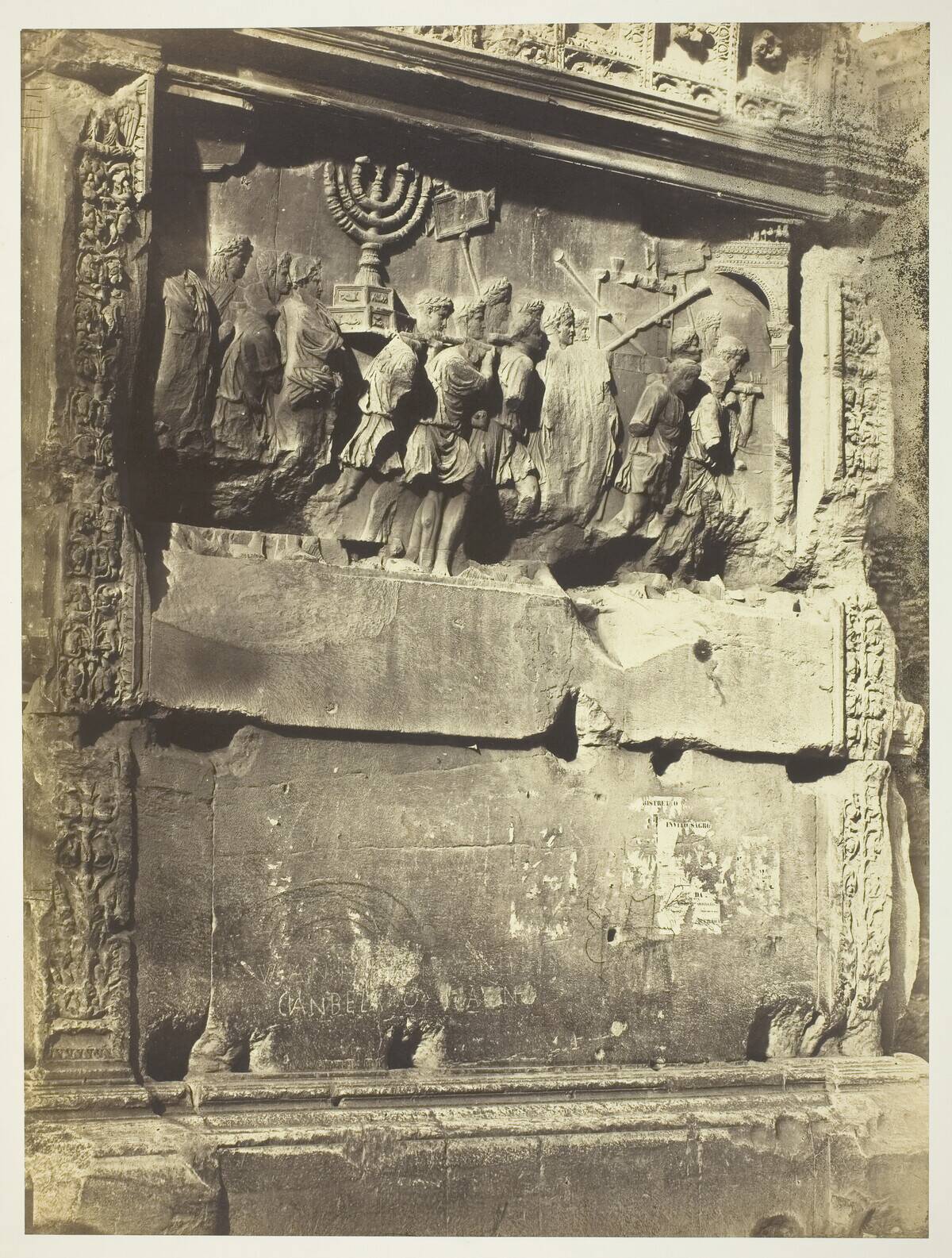
Although construction of the Colosseum began under Vespasian’s reign and Commodus famously enjoyed performing there, National Geographic explained that it actually opened during Titus’s reign. As such, he was in the position to declare a 100-day celebration that was largely filled with gladiatorial games.
What was the lorica segmentata?
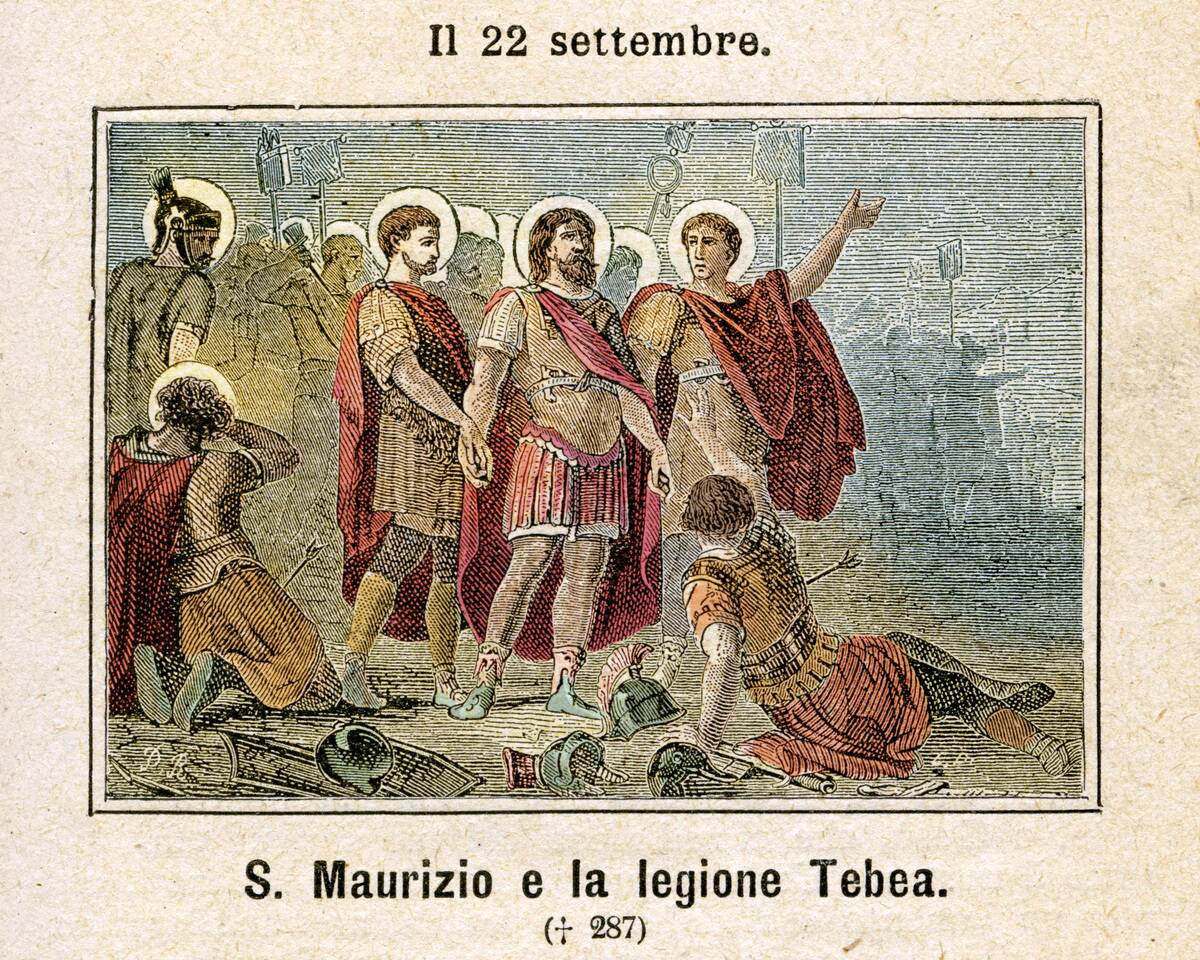
A. A document reforming Roman government like the Magna Carta
B. An articulated suit of iron armor used by Imperial Roman soldiers
C. A segmented chariot that could sustain more horses than before
D. A palace that’s considered one of Nero’s biggest excesses
Answer: An articulated suit of iron armor used by Imperial Roman soldiers
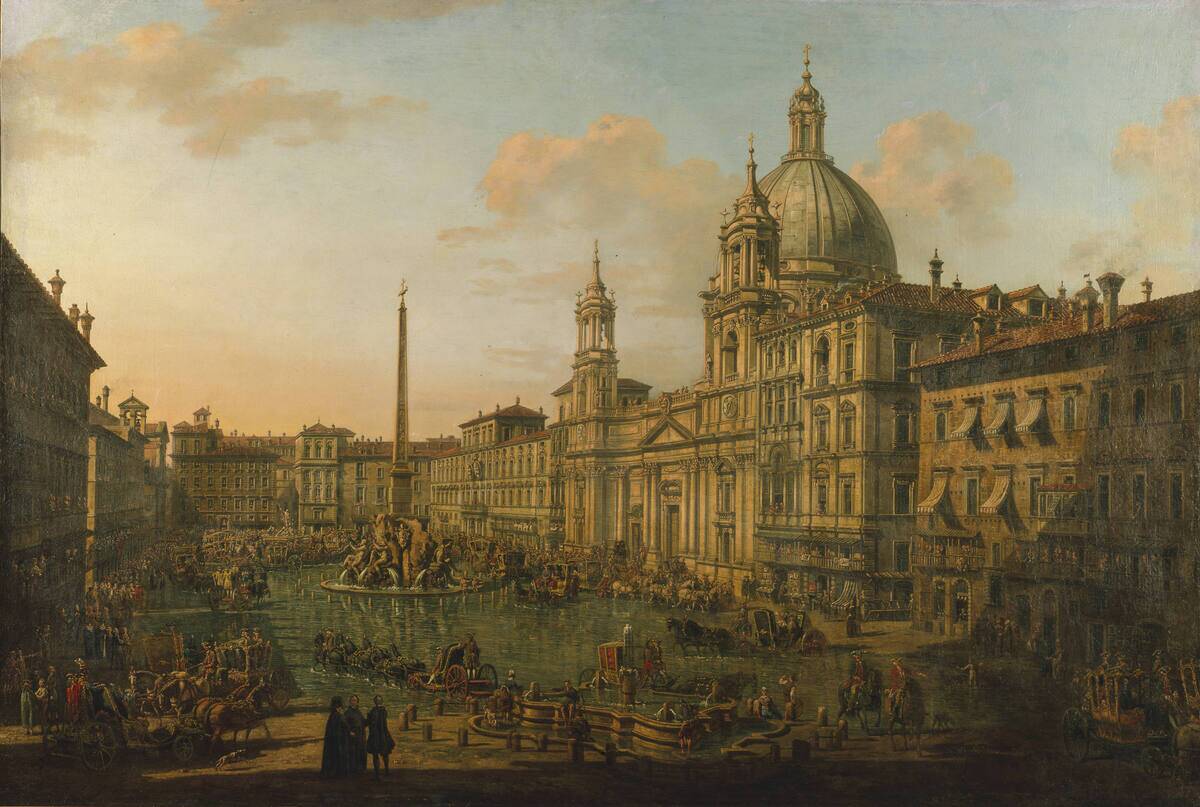
According to a 2020 article in the Journal of Military And Veteran’s Health, a lorica segmentata was a segmented suit of iron armor that weighed almost 20 pounds and protected a soldier’s chest and shoulders from swords, spears, and projectiles.
What made the aqueducts one of Rome’s biggest achievements?
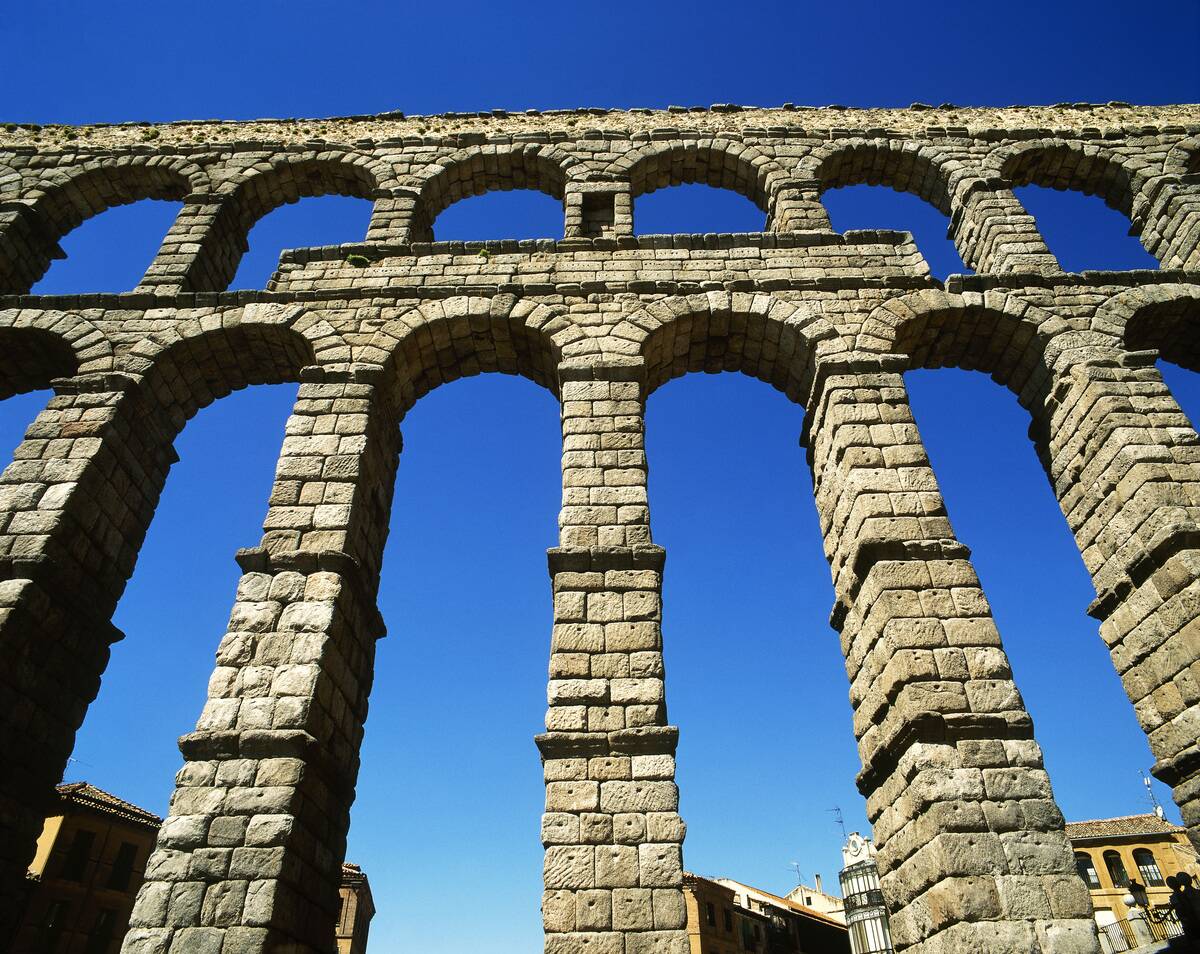
A. They looked impressive and still stand well over 1,000 years later
B. They provided defense against invaders
C. They transported fresh water to even Rome’s most densely populated areas
D. They were a sign that a new land was about to be conquered
Answer: They transported fresh water to even Rome’s most densely populated areas
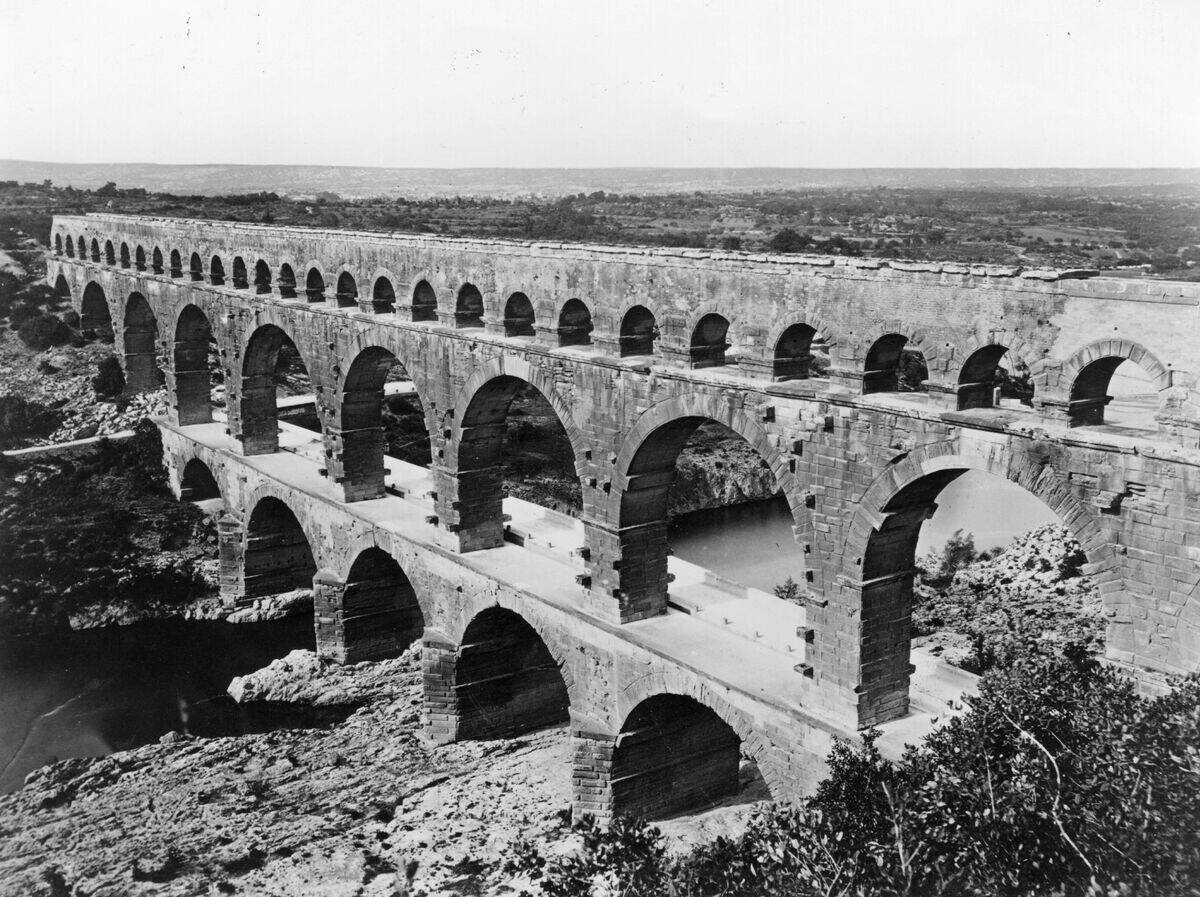
According to National Geographic, Rome’s aqueducts were unprecedented in their scale and sophistication and were sorely needed to ensure Roman citizens had fresh, clean water to drink and bathe in.
Who built the original version of Rome’s famous Pantheon?
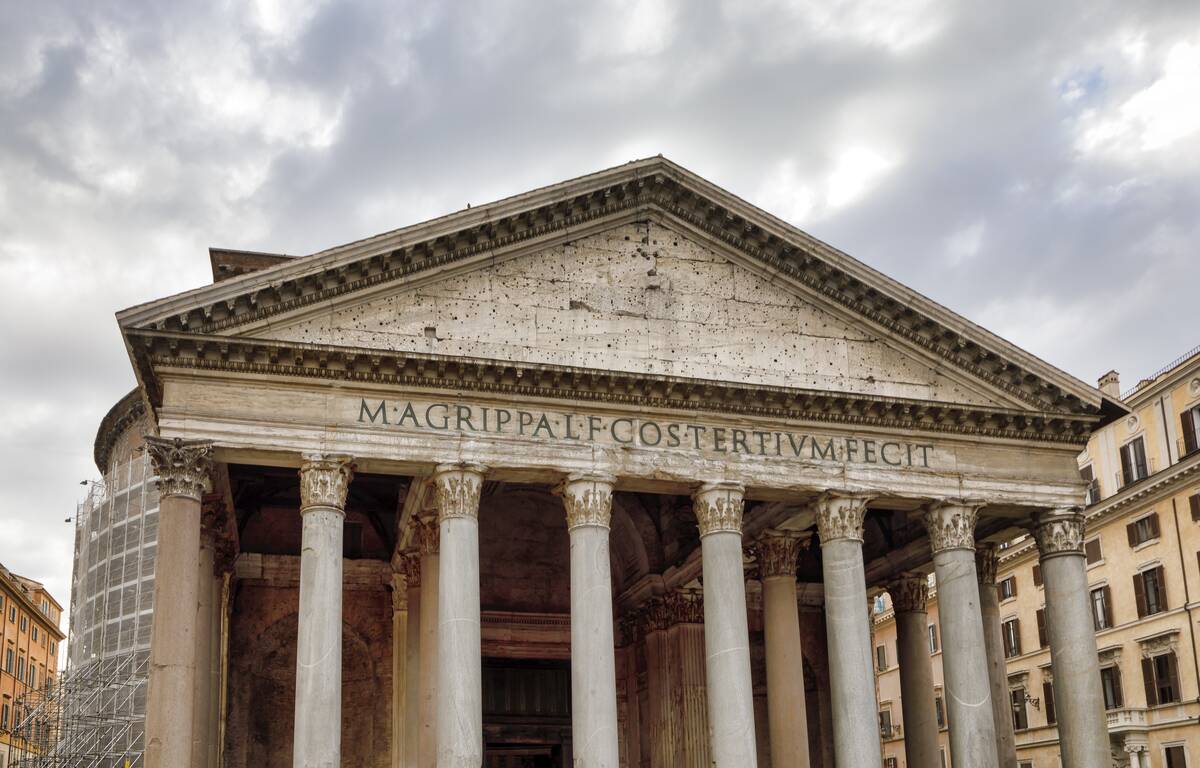
A. Hadrian
B. Marcus Vipsanius Agrippa
C. Archimedes
D. Marcus Vitruvius Pollio
Answer: Marcus Vipsanius Agrippa
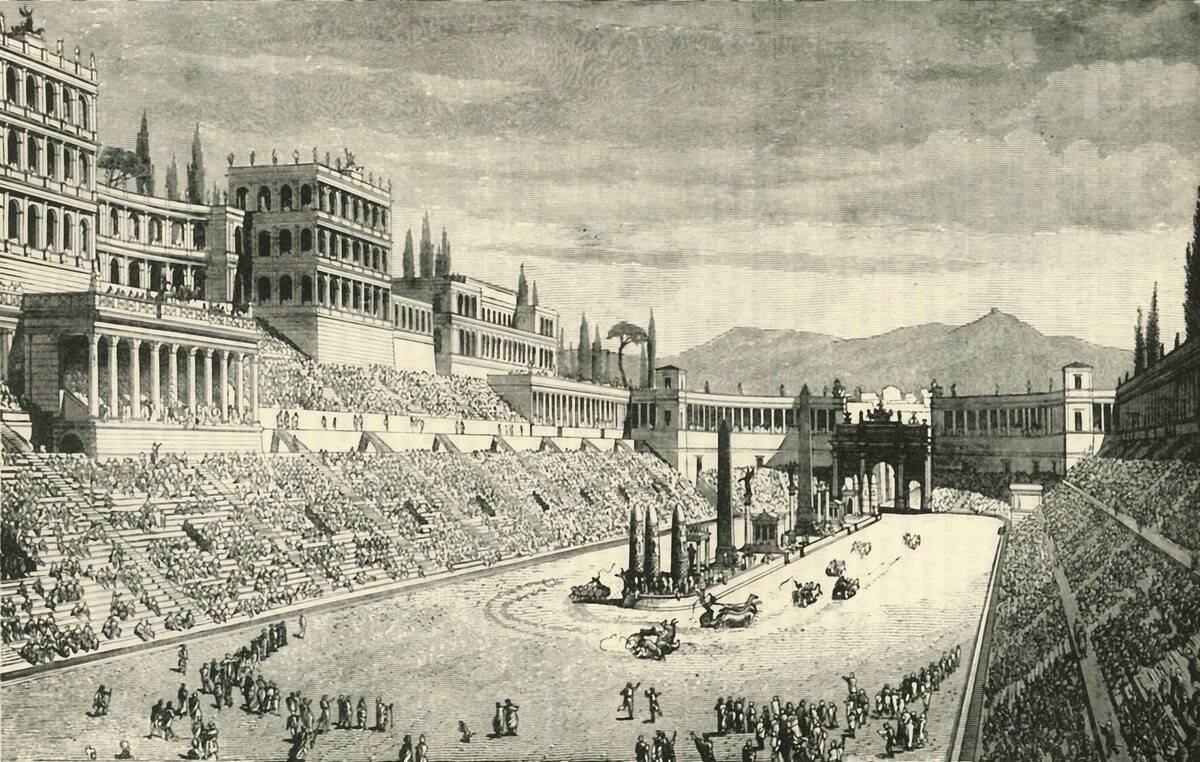
Although the version that tourists can visit in modern Rome was constructed during Hadrian’s reign, that structure isn’t the first Pantheon. According to the History Channel, the original temple to the Roman Gods was built around 25 BCE by Marcus Vipsanius Agrippa. The incredibly capable statesman and architect was known as Augustus’s right-hand man.
Why was Julius Caesar assassinated by the Ides of March?
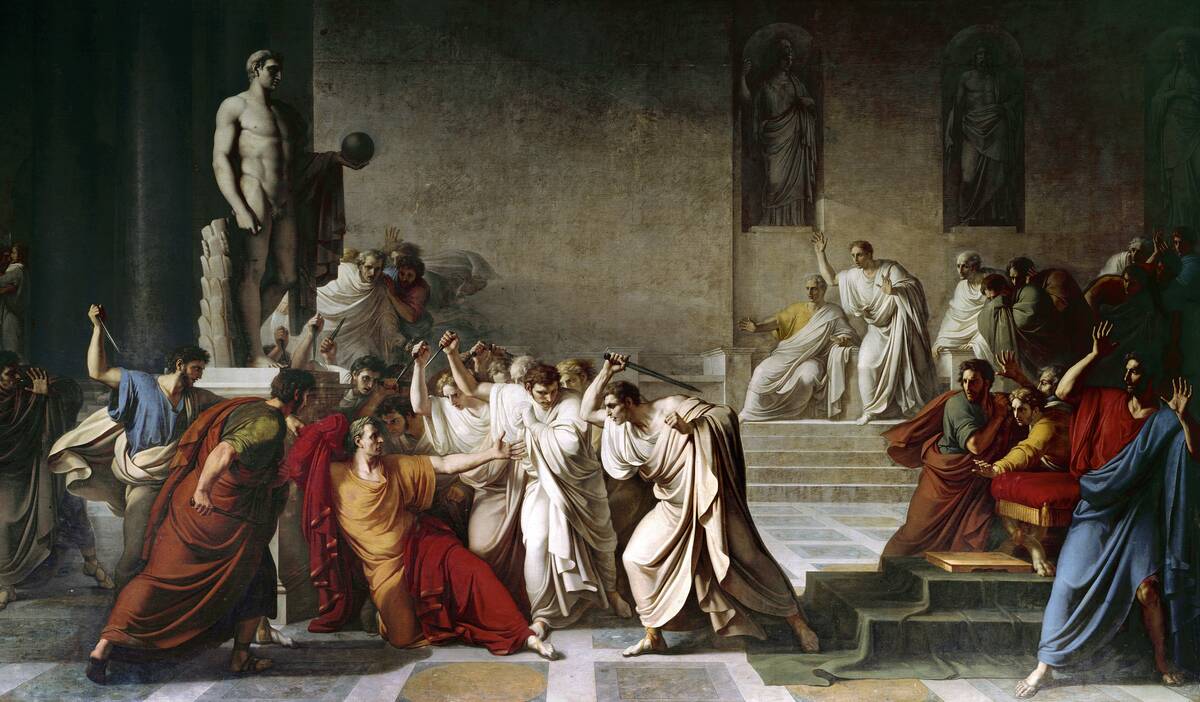
A. He had declared himself a god
B. He had engaged in affairs with all of their wives
C. He was hoarding Rome’s wealth for himself
D. His dictatorial powers meant the end of the Roman Republic
Answer: His dictatorial powers meant the end of the Roman Republic
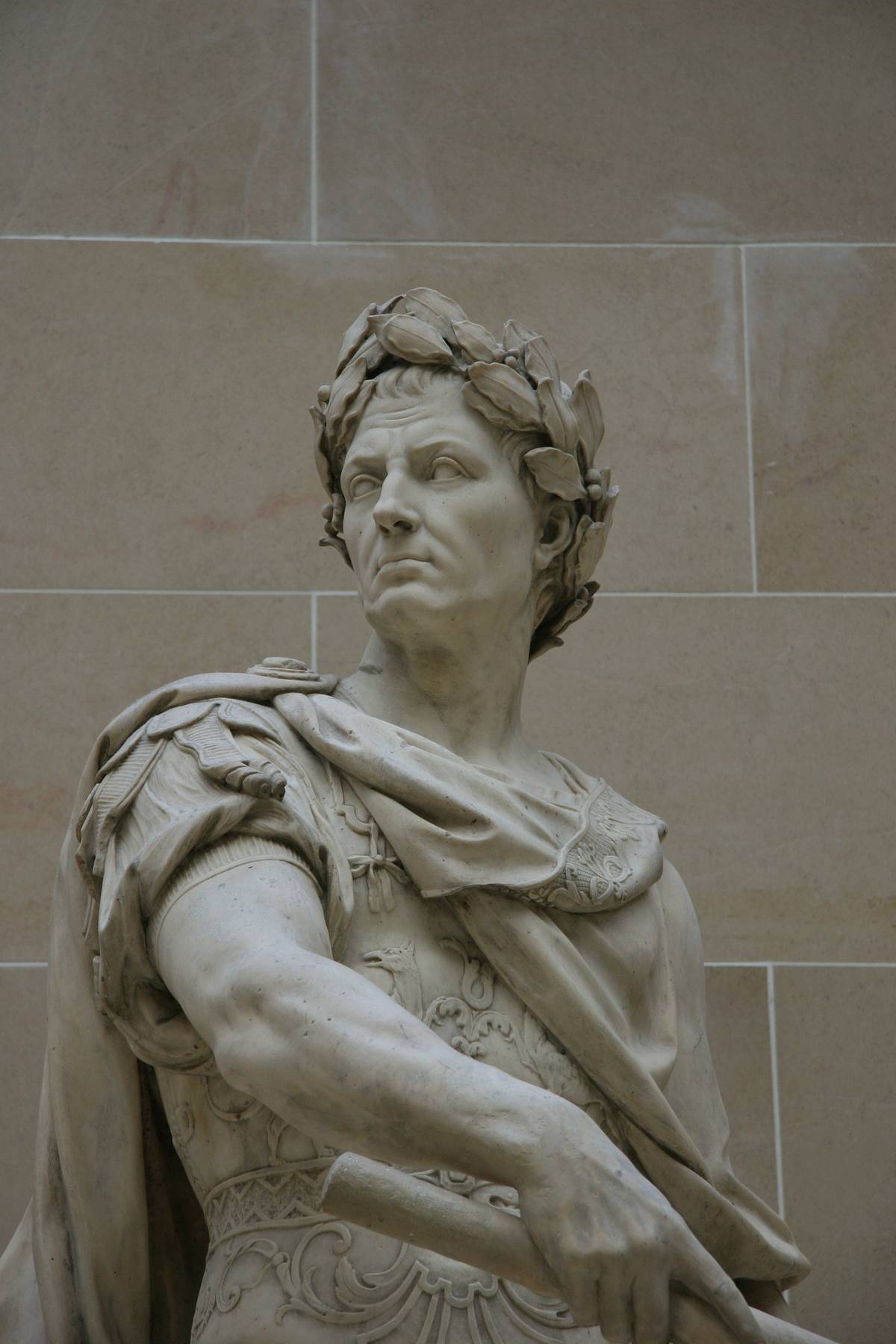
According to the Smithsonian Magazine, the Senators who assassinated Julius Caesar feared that the powers he had consolidated as a dictator would make him unstoppably powerful. And considering that the resulting civil war would end with the emergence of the first in a 500-year line of emperors, it wasn’t an unreasonable fear.
Who was infamous for being Rome’s “mad emperor?”
![Bust of [redacted] in Military Attire](https://media.tellmebest.com/wp-content/uploads/2023/08/Bust-of-redacted-in-Military-Attire-62687.jpeg)
A. Caligula
B. Nero
C. Tiberius
D. Commodus
Answer: Caligula
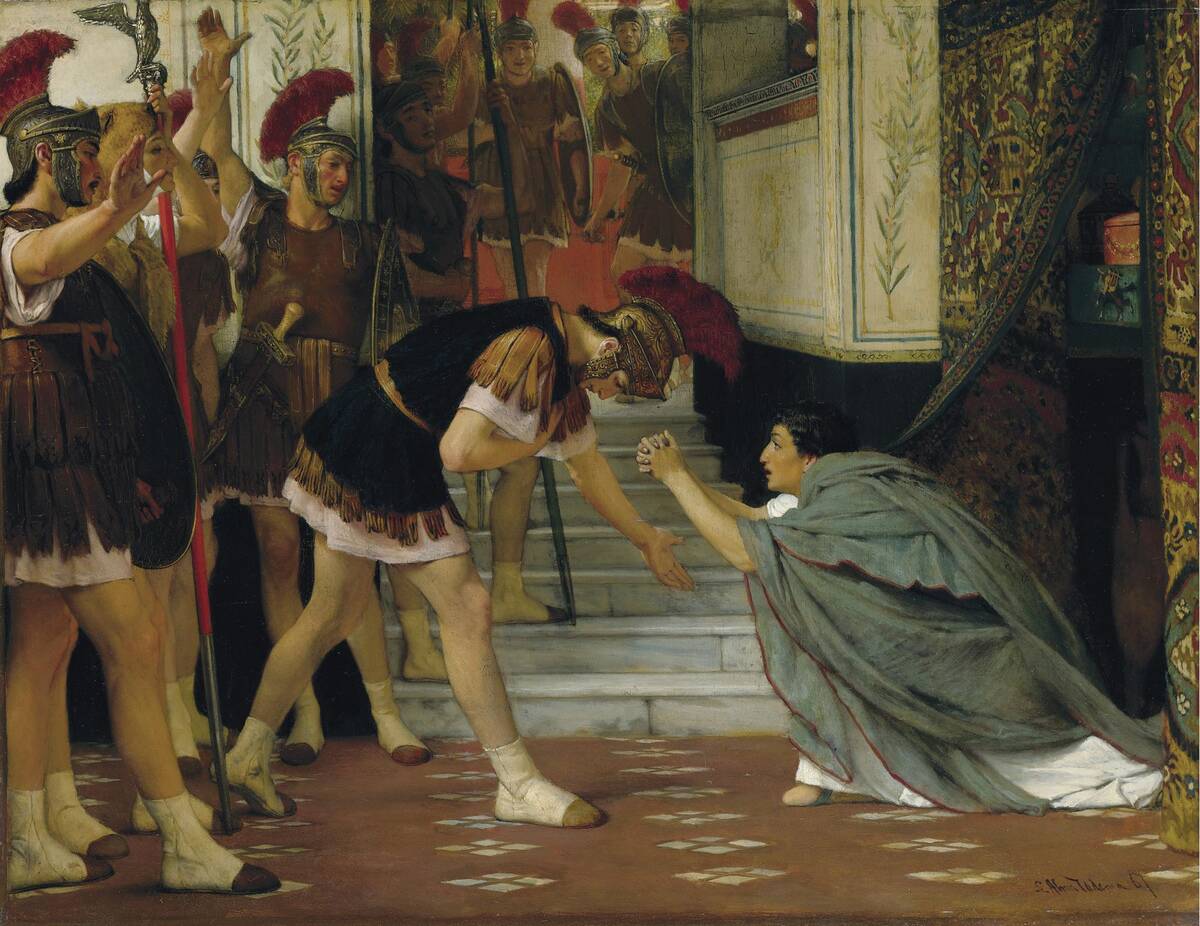
Although PBS noted that Caligula was considered a breath of fresh air at first, his personality seemingly changed on a dime after he fell ill. He became even more bloodthirsty than his predecessor. But while Tiberius had political motivations behind his cruelty, Caligula’s violence seemed to come at random. As such, his reign only lasted five years before he was assassination.
How is the number 500 written in Roman numerals?
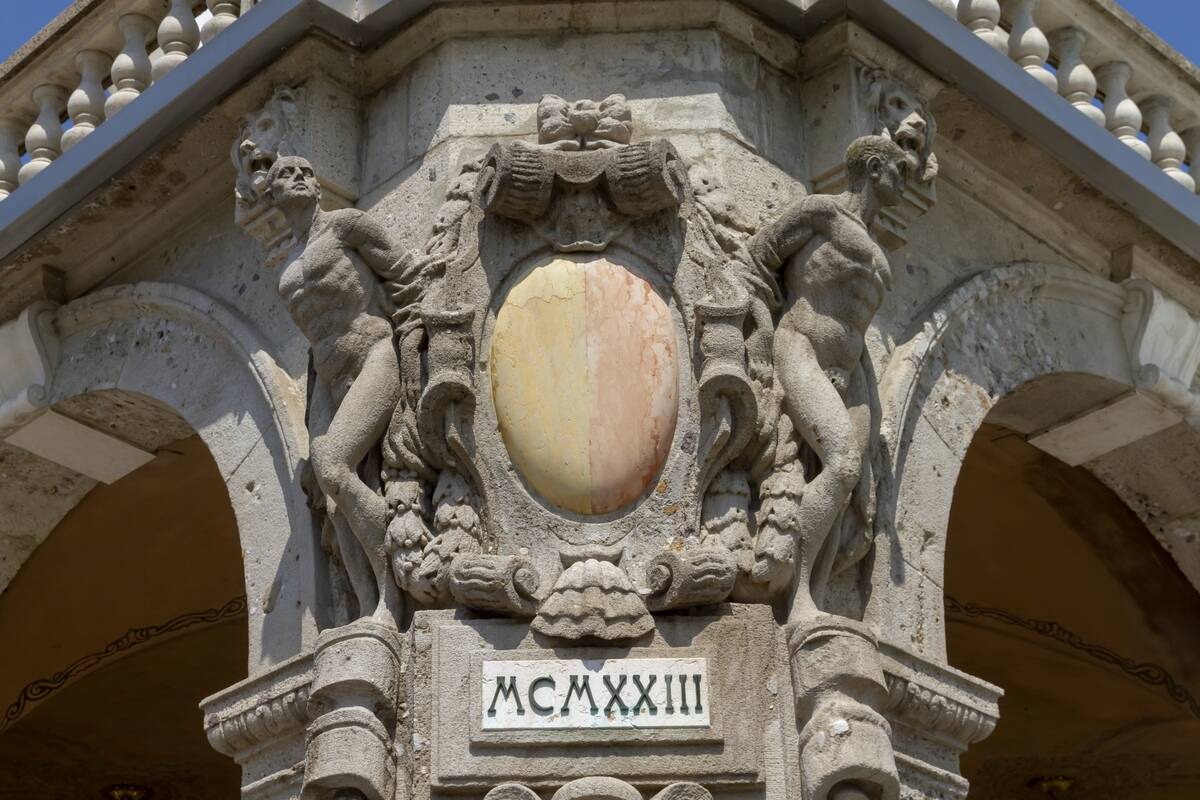
A. IVCLXX
B. MCLCVIII
C. CCCCLXXXXVV
D. D
Answer: D
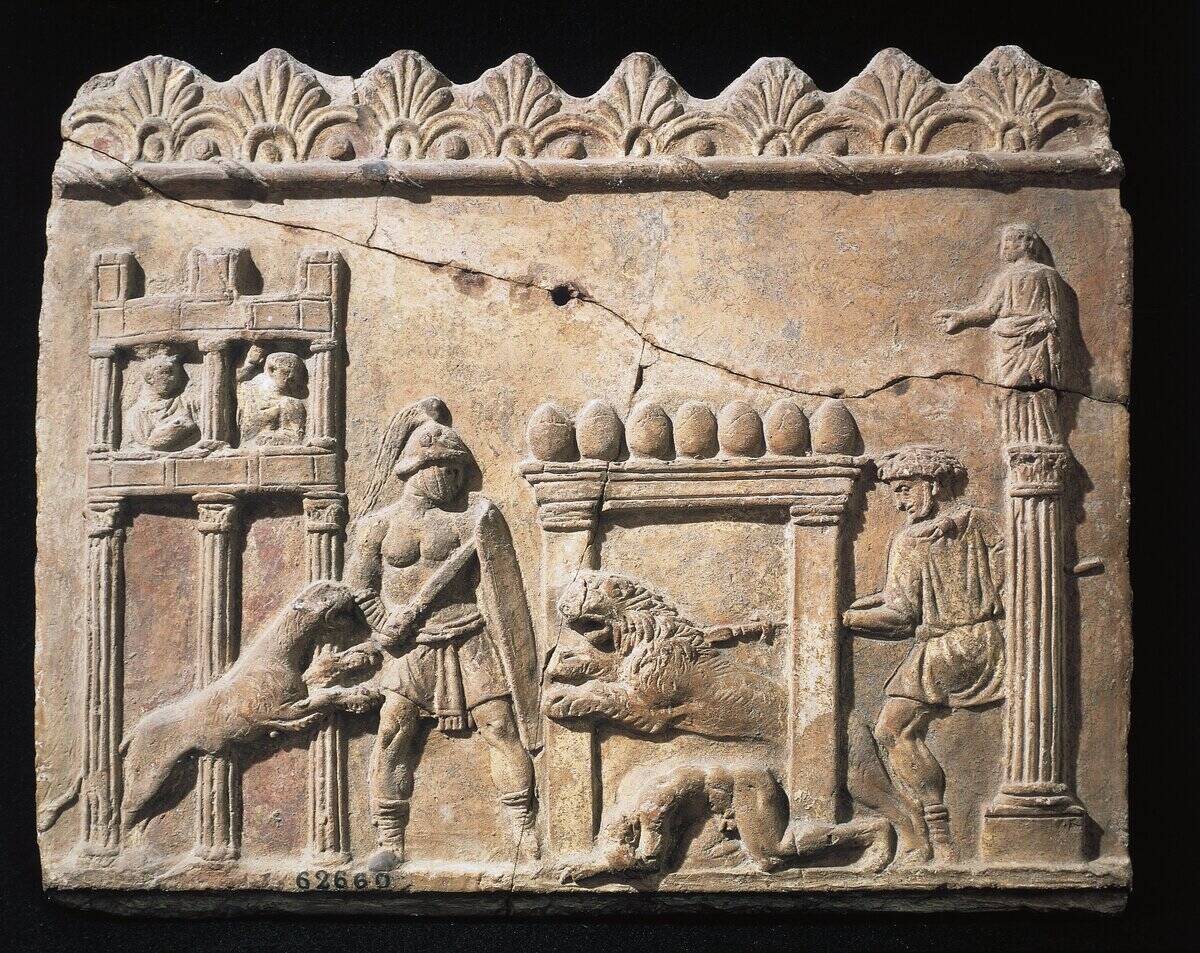
Although inscriptions of Roman numerals like this can seem daunting, round numbers like 50, 100, 500, 1,000, or 2,000 are represented by single letters. So while specific years like 1923 (in this case) can be represented a little confusingly, 500 is surprisingly easy.



